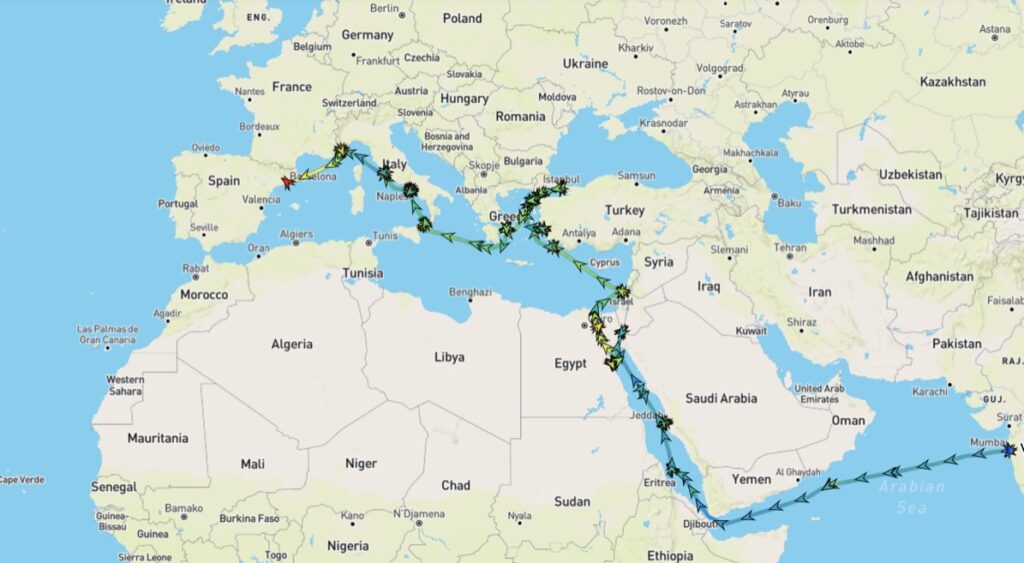
Noon Report:
- Location: N 41° 22.27′, E 002° 10.78′
- Speed: Docked
- Course: Docked
- Weather: Partly Cloudy
- Temperature: 18º C; 64º F
- Wind: WSW 6 knots; 7 mph
Up, Track, Breakfast, Onto the dock to meet our guide (Gina), on the bus, on the road…
We drove thru the section of town known as L’Eixample (“the extension” – the first section of town added beyond the city walls in the 19th and early 20th centuries ). This neighborhood is known for its creative and unique architecture. One of the features of the street design when the area was platted was the way street corners are beveled. This was probably to facilitate street car turns but it might also have been to bring more light into the neighborhoods built of mostly 4 story buildings. Whatever the intention, it allowed for better ‘bus window’ views of the different types of architecture.
Of particular note is the last photo in that set.
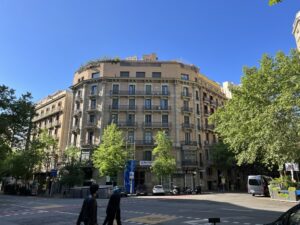
The top floor was added to this and other buildings during the Franco era when more housing was needed and new construction was too expensive. A lot of buildings have a French look as when builders added an extra level, they put a “modern” mansard roof on top.
At one point we left the bus and wandered a bit thru the neighborhood. The Eixample (pronounced eSHAMplah) is also famous for several specific houses constructed by 3 famous architects of the Modernista: Antonio Gaudi, Lluis Domenech i Montaner, and Josep Puig. Each architect designed a house built on “the Block of Discord.”
Just down the street from these is another famous Gaudi house, Casa Mila.
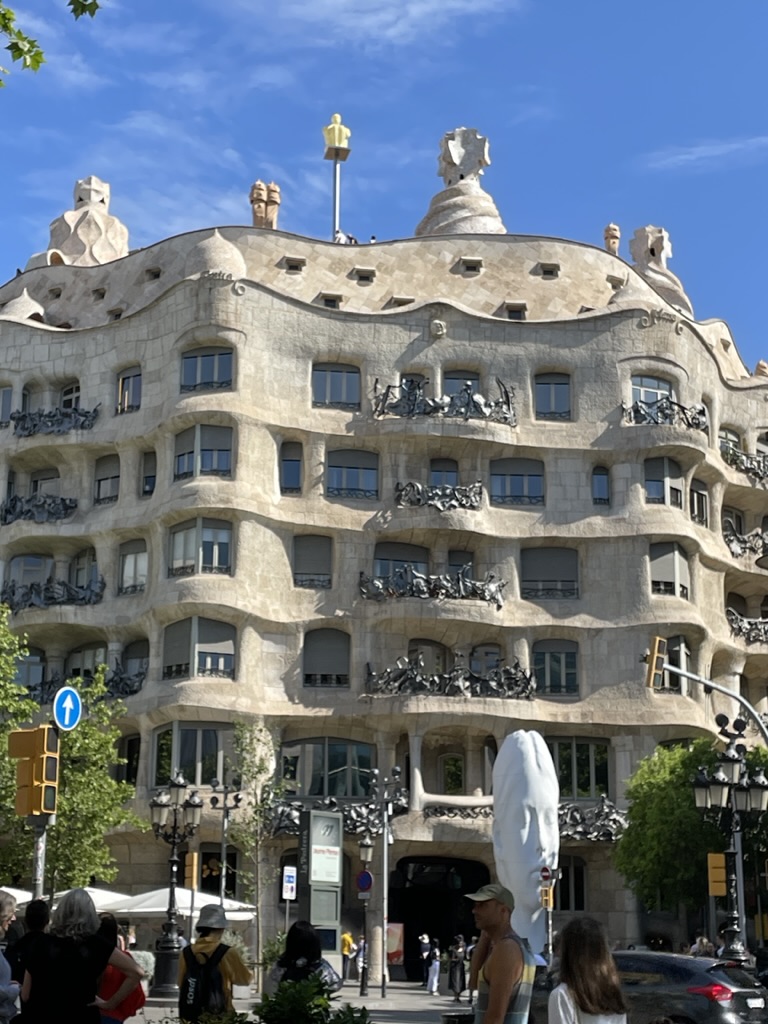
This organically rounded structure is supposed to represent a cliff next to the sea – including “seaweed” balconies. Pay particular attention to the roof sculptures – the rounded box shapes are actually the top floors of the elevators, and the sculptures that look like soldier helmets on twisted necks are actually the tops of chimneys – smoke comes out of their eyes. (You’ll see this image again.) This was the first building to have it’s own parking area and hot water.
Gina talked quite a bit about Modernista architecture. She used the following building to demonstrate the mixing of styles typical of the school.
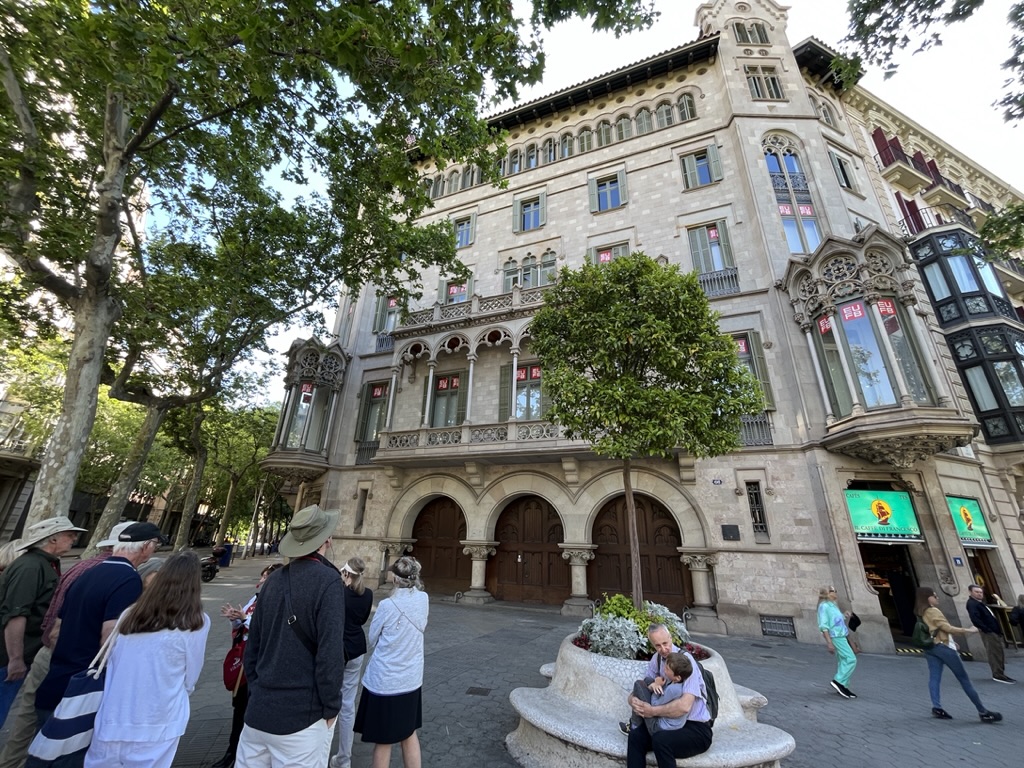
Back on the bus we headed to our next stop – La Sagrada Familia – the new Basilica being built based on Gaudi’s vision. Unfortunately the Berlin Philharmonic is in town to perform a concert there tomorrow and they are rehearsing today, so nobody is allowed inside. However we walked around the site while Gina explained the different architectural and artistic elements.
Though we weren’t able to get inside today, we viewed the interior 8 years ago when we visited Barcelona with brother Brad, sister-in-law Lily, and niece Jessica. Here are a few interior shots to whet your appetite for your next trip.
Our next stop was Park Guell. The park, built between 1900 and 1914 was intended to be the centerpiece of a development of “high quality homes” – only two of which were ever built. As the events of the late teens and early 20’s unfolded it became obvious that this future housing development would not be accomplished and in 1926 the park was opened to the public. This tremendously popular park is a showpiece of Gaudi’s design.
Then it was back on the bus and back to the ship. Along the way we passed:
Back on board about 3:00 we headed to the pool grill where we joined Pat and Denny for burgers and liquid refreshment. Then it was down to the stateroom to blog and nap. I woke up a bunch later – slept thru the 4:30 “Who owns the San Jose Galleon?” and the 5:30 church service. We had a late dinner and turned a worst ever BBB score.
So that’s Barcelona. Very grateful for what we did experience, but you really need much more time to do more than scratch the surface. Next time.
Tomorrow is Cartagena (the one in Spain, not the one in Colombia). We don’t dock until noon so we’ve got a lazy morning coming.
Later,
R
Cheryl’s Factoids:
- The Passion Facade on the Sagrada Familia is in stark contrast exuberance of life on the Nativity Facade. Despite being austere in nature, it contains numerous symbolisms – including the bones across the top of the crucifixion scene (the Resurrection in the middle of the bones and the Ascension on top of the bones). Under the crucifixion scene, you can see a faceless woman showing the Shroud of Turin and on her left 2 Roman Soldiers (note the same helmets as on top of Casa Mila), and to the left of them a later architect added the face in profile of Gaudi himself. Gaudi spent the last 43 years of his life working on the project and is buried in one of the 4 chapels in the crypt. This basilica is being 100 percent funded by donations so the Catholic Church doesn’t have much say in what Gaudi put on the outside – the inside however is definitely a church. When finished, there will be 18 towers in all: 12 towers for the apostles, 4 towers for the evangelists, 1 tower for Mary, and the tallest final tower for Christ.
- Founded as a Roman city, in the Middle Ages Barcelona became the capital of a large county. They joined with the Kingdom of Aragon to form a confederation. It was wrested from Moorish control by the Catalans, shortly before the dynastic union between Castile and Aragon in 1492. Barcelona became the centre of Catalan separatism, briefly becoming part of France during the 17th century (and the Catalan language still reflects a blend of Spanish and French into its own unique language). It was the capital of revolutionaries during the Spanish Revolution of 1936, and the seat of government later in the Spanish Civil War until its capture by fascists in 1939 when the bombing of Barcelona took place. This was a series of airstrikes led by Fascist Italy and Nazi Germany supporting the Franco-led Nationalist army. During WWII, Spain was nominally neutral though, under Franco’s far-right Nationalist regime, it was politically aligned with Nazi Germany. Spain and Portugal sat out the war in relative peace. The death of Franco in 1975 brought on a period of democratization throughout Spain. Pressure for change was particularly strong in Barcelona, which considered that it had been punished during nearly forty years of Francoism for its support of the Republican government (illegal to speak and write in their own Catalan language). Massive, but peaceful, demonstrations on September 11, 1977 assembled over a million people in the streets of Barcelona to call for the restoration of Catalan autonomy. It was granted less than a month later.
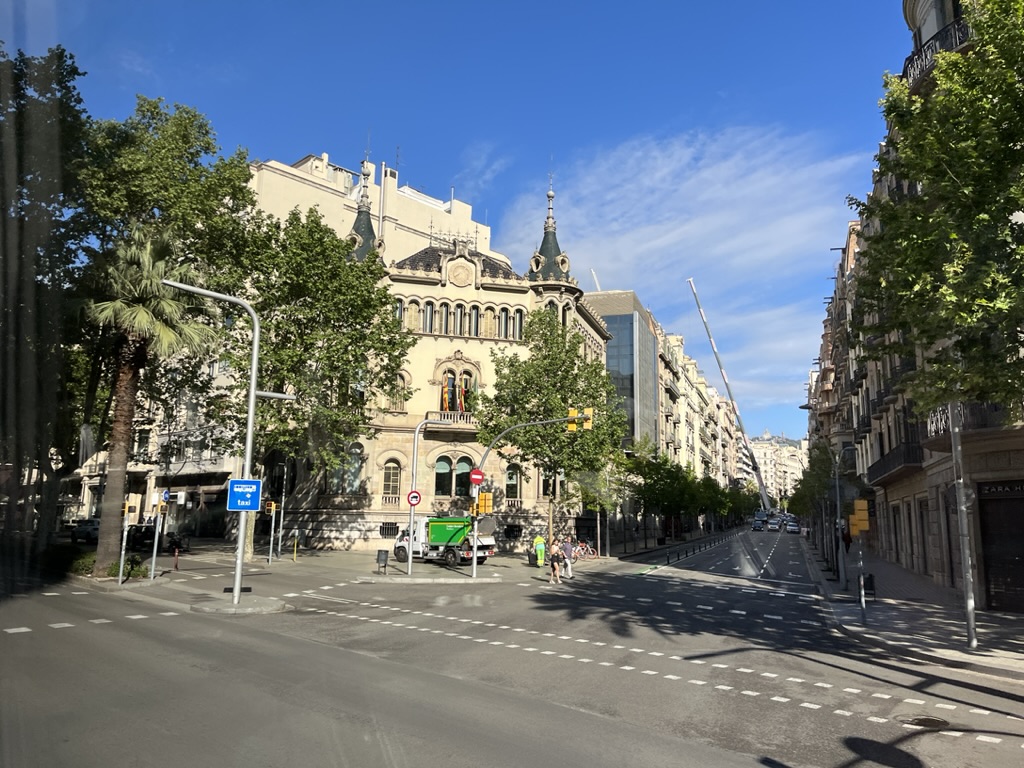
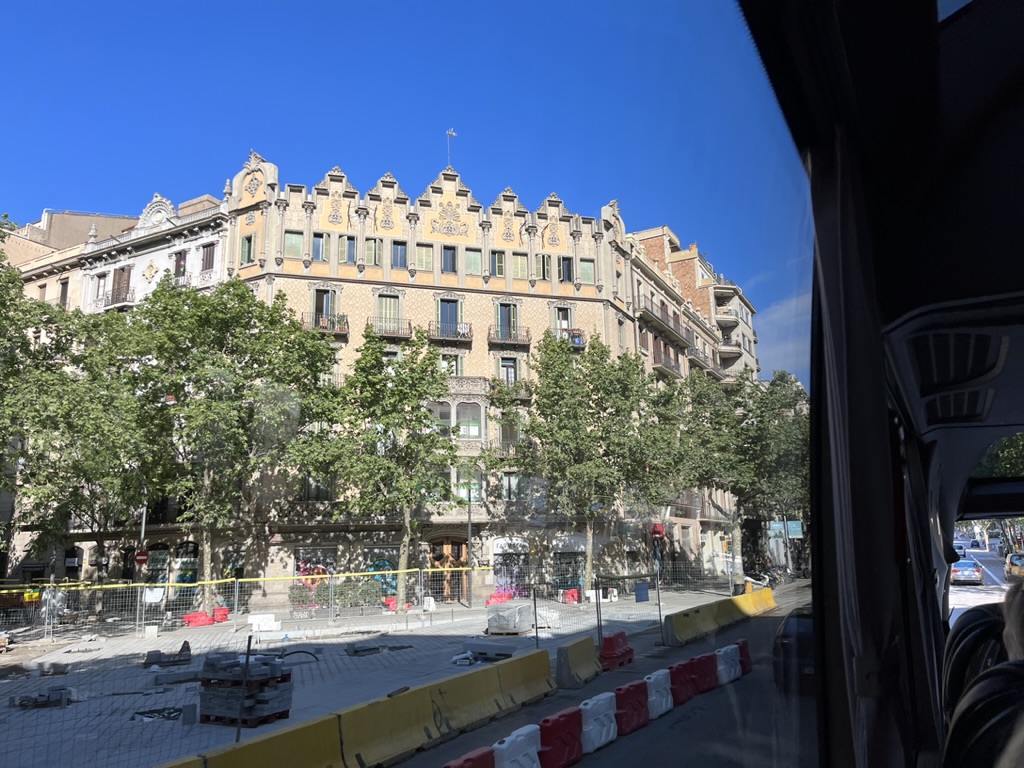
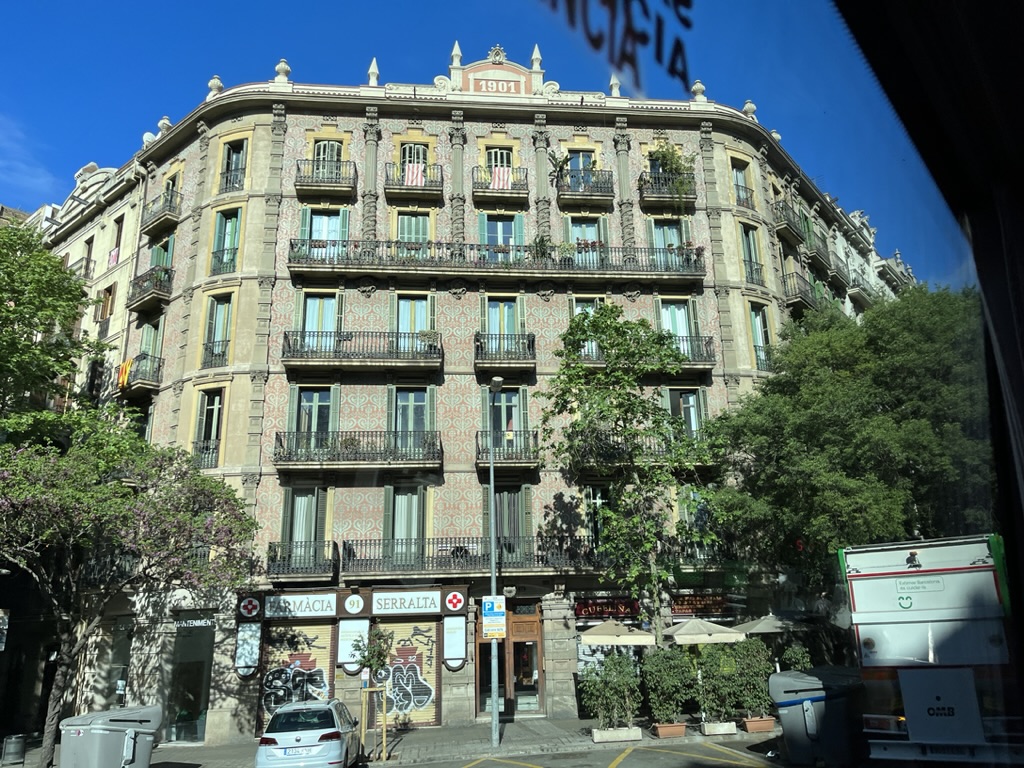
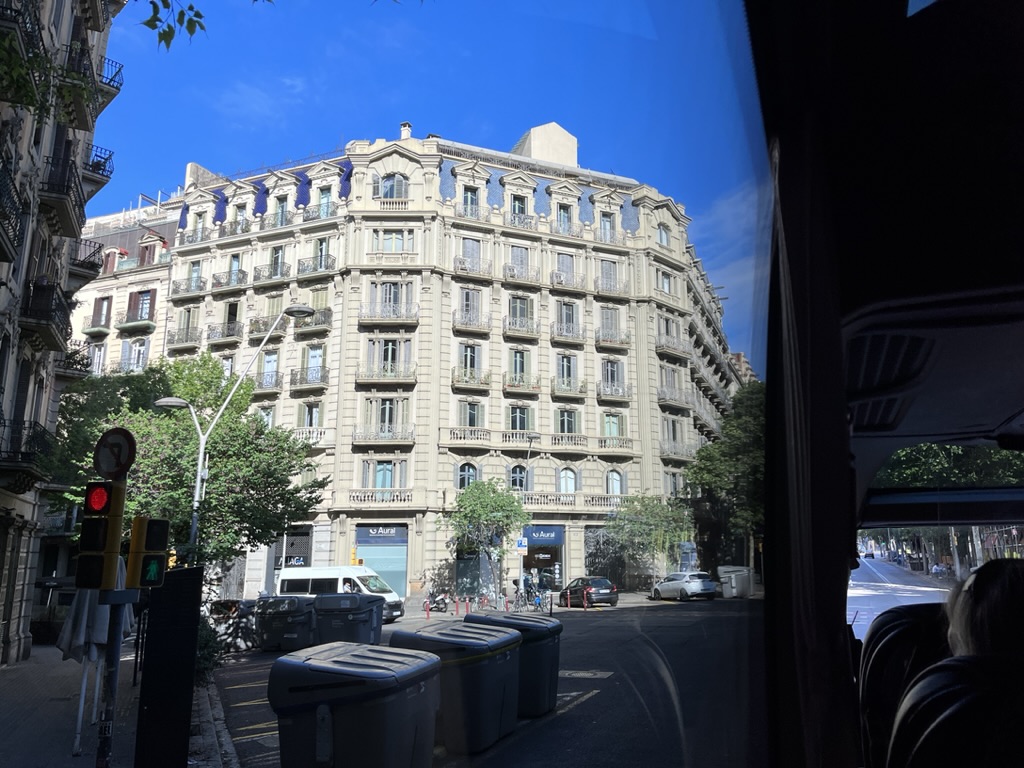
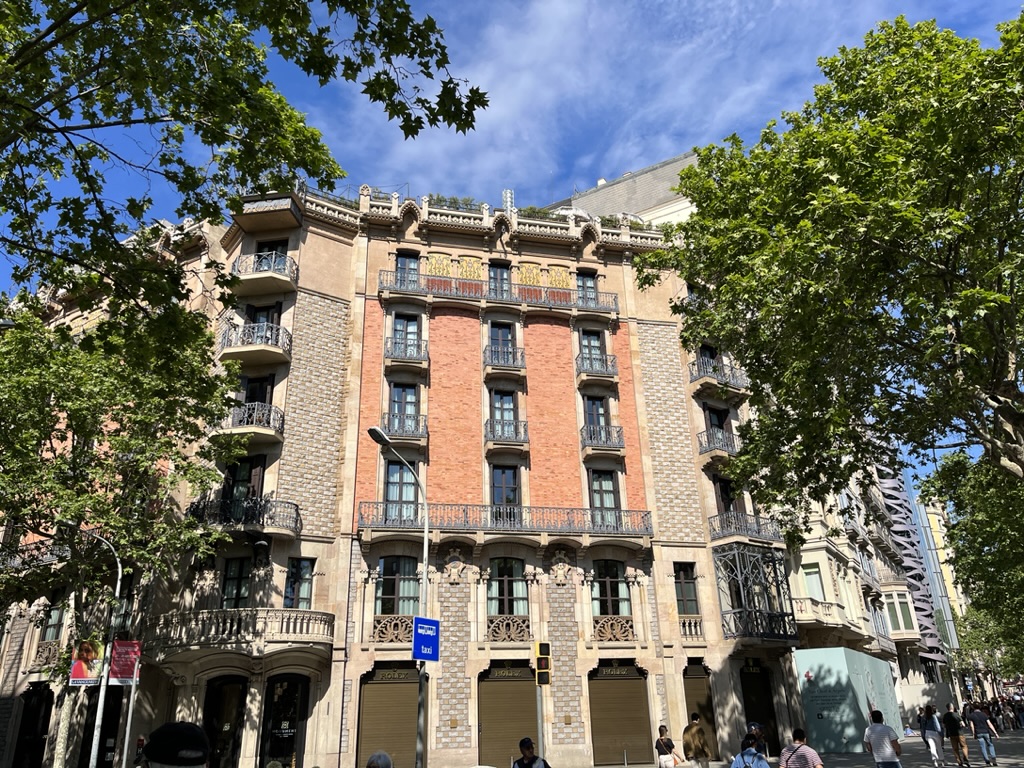
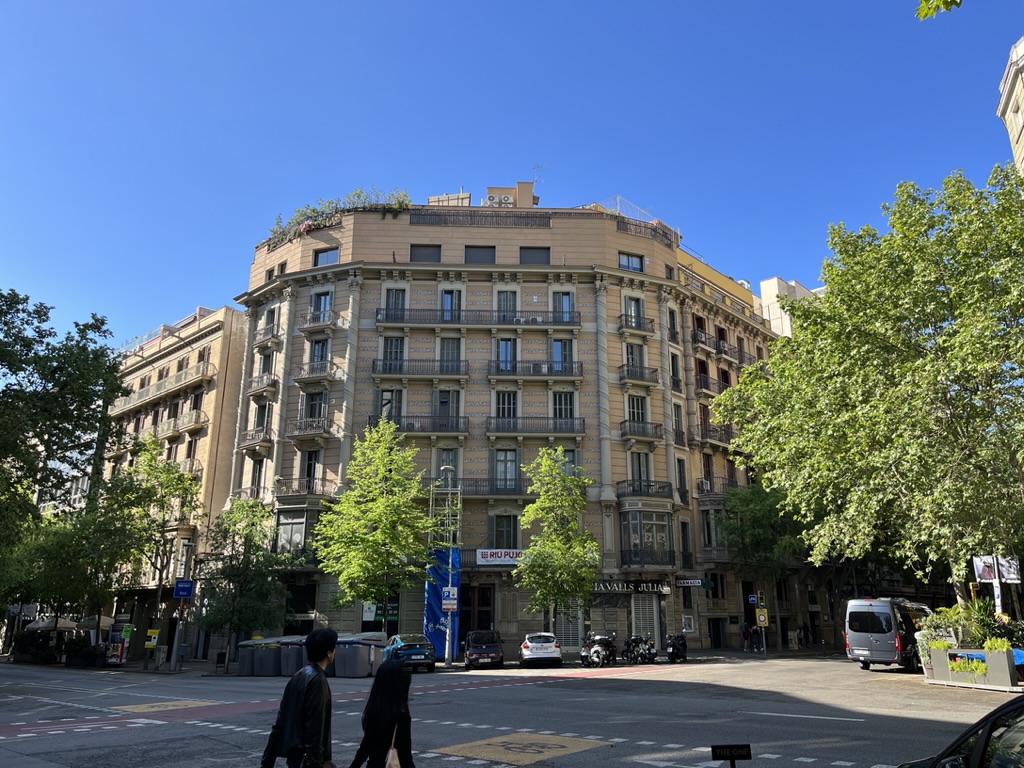
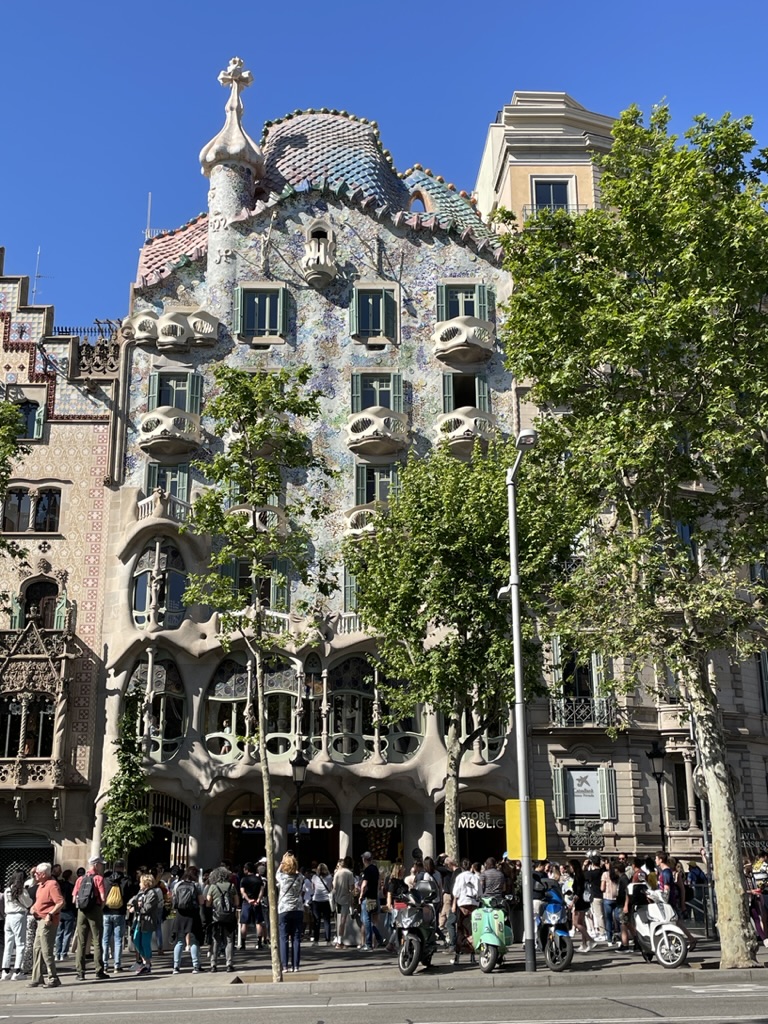
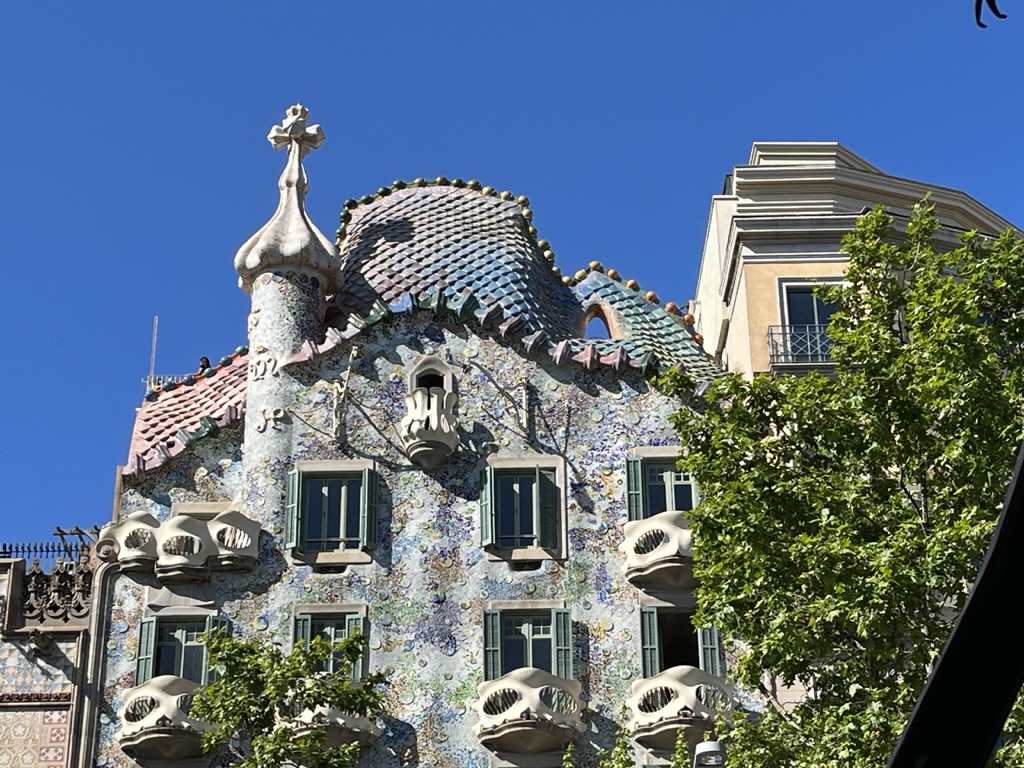
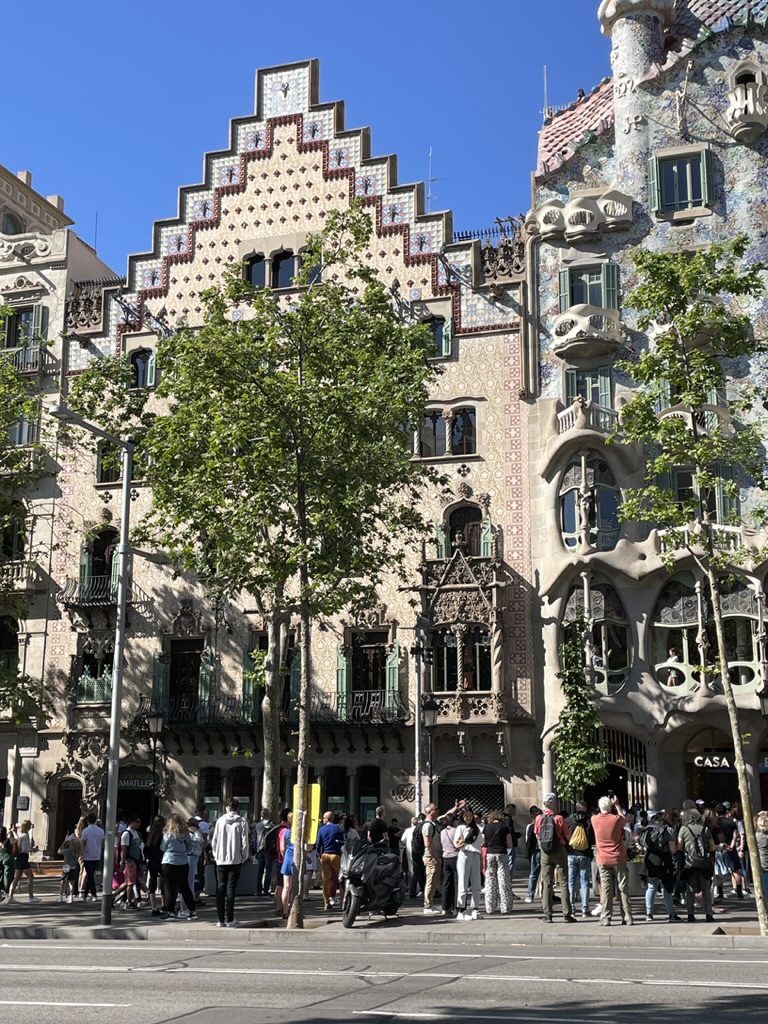
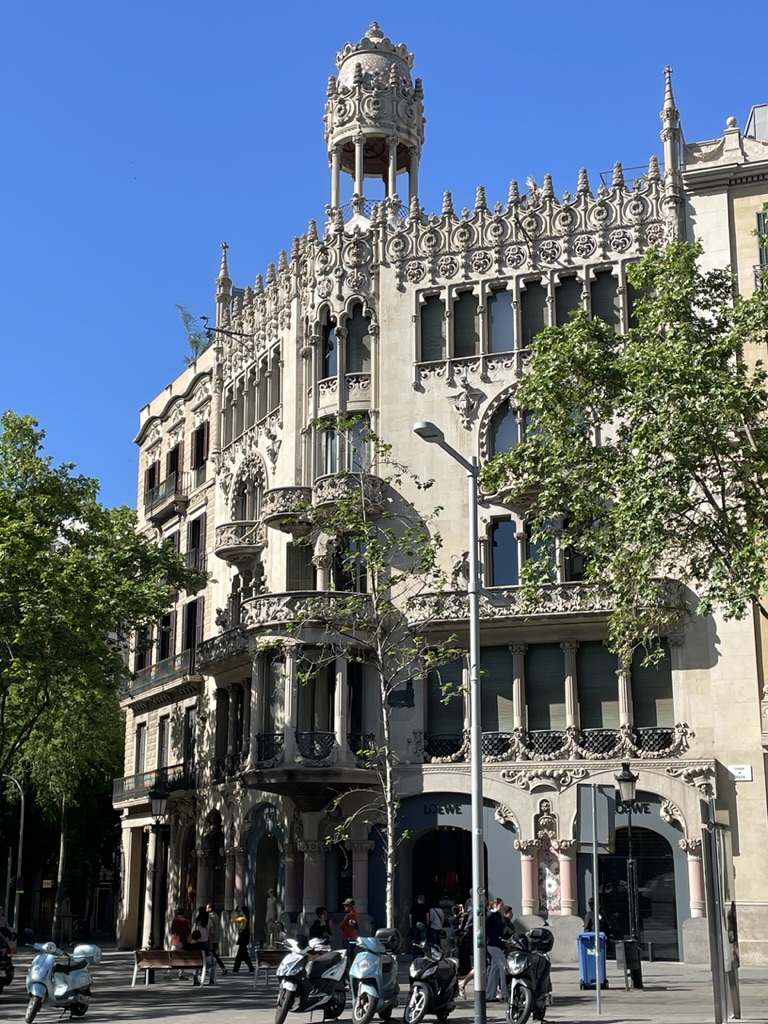
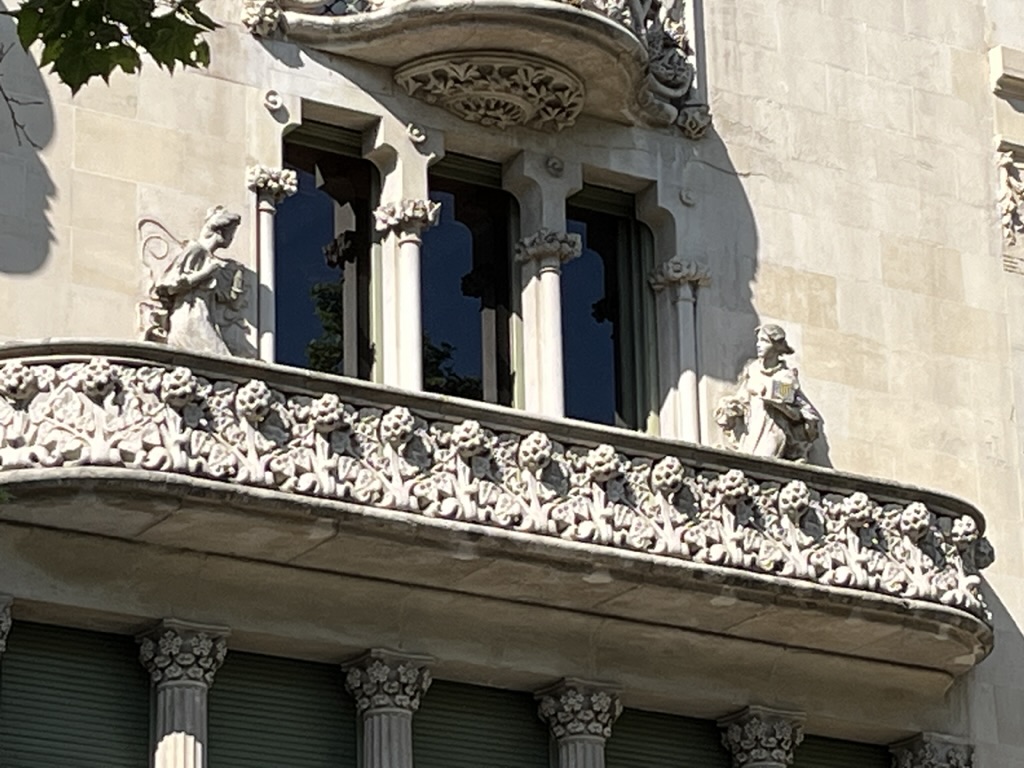
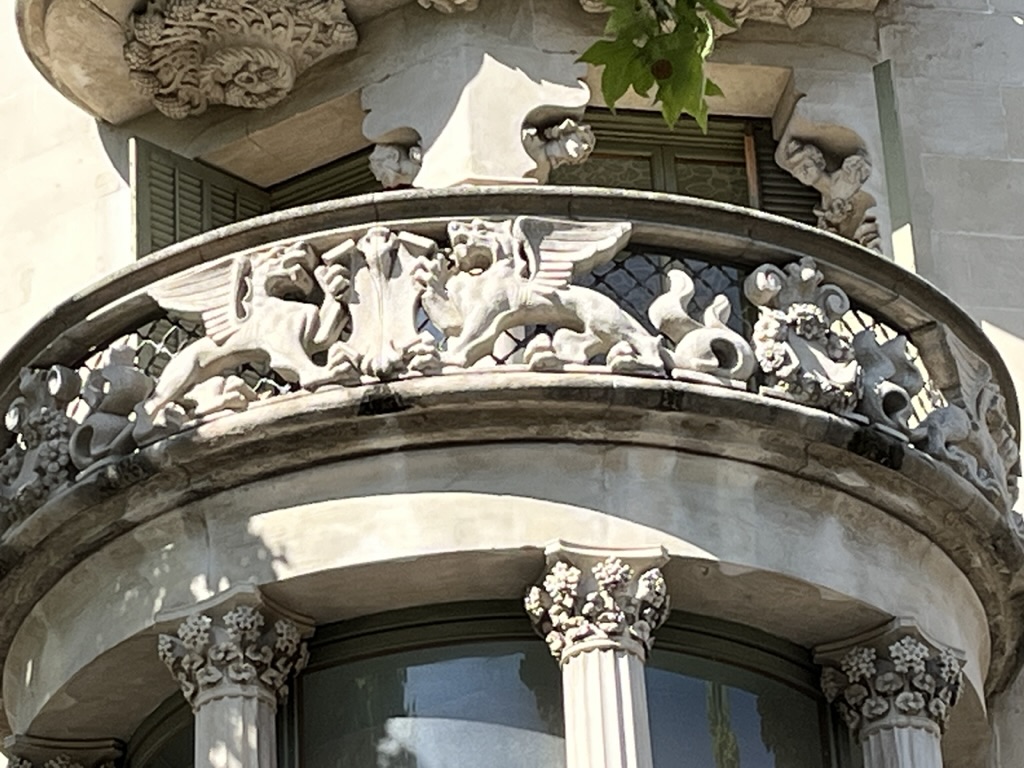
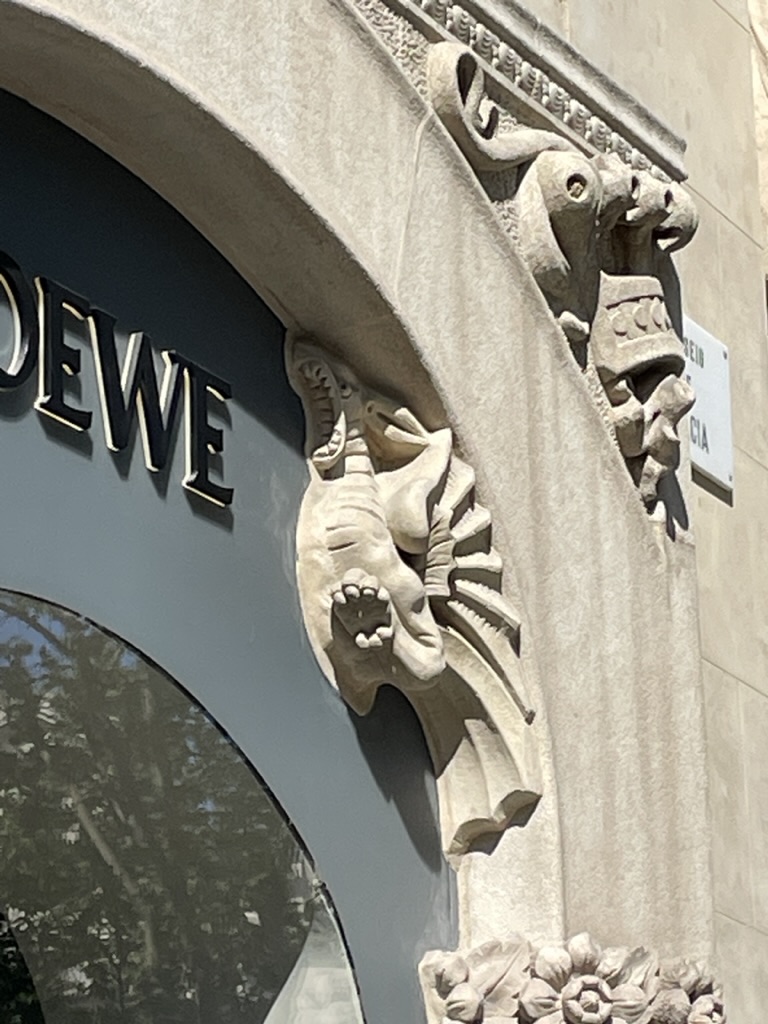
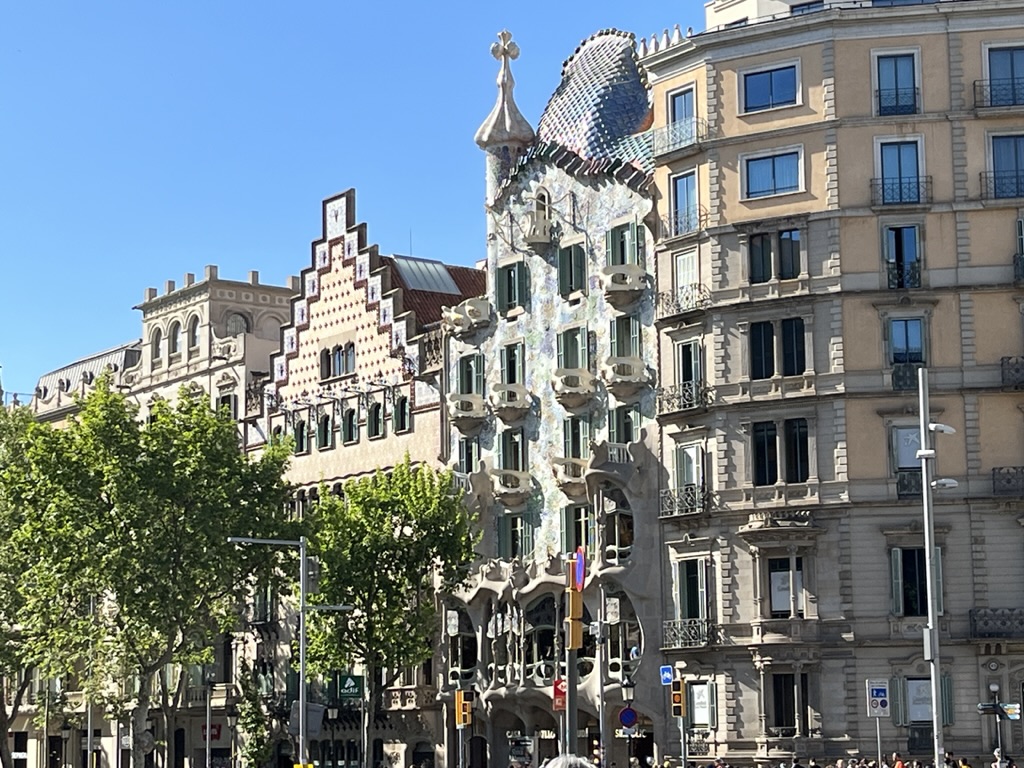
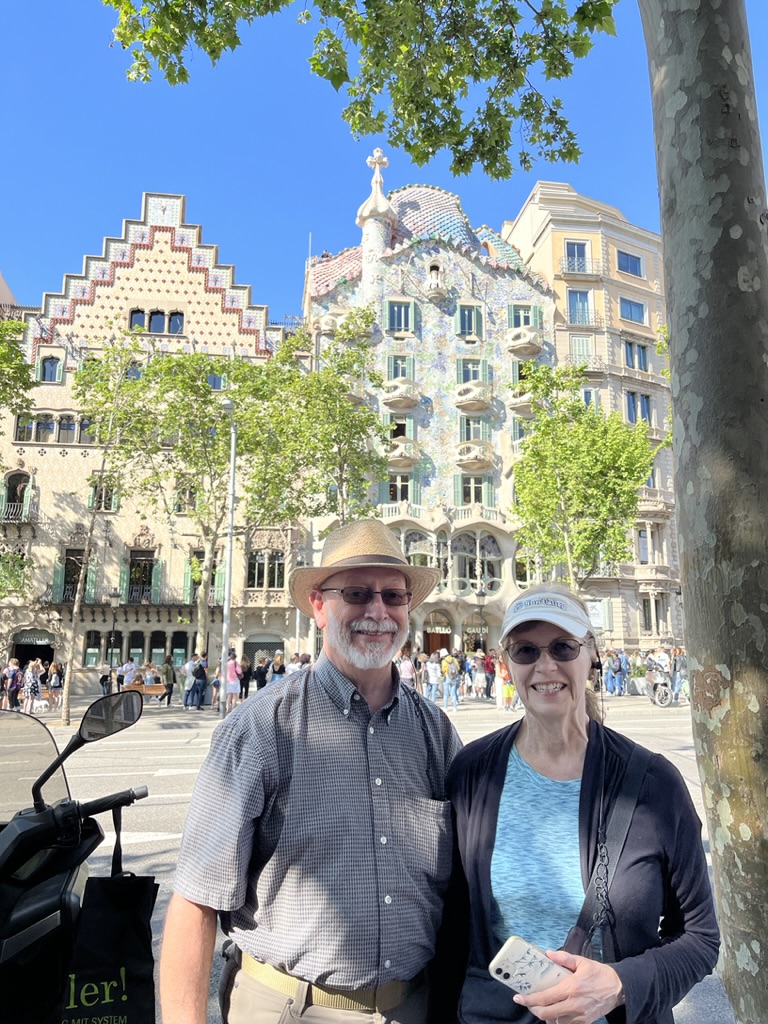
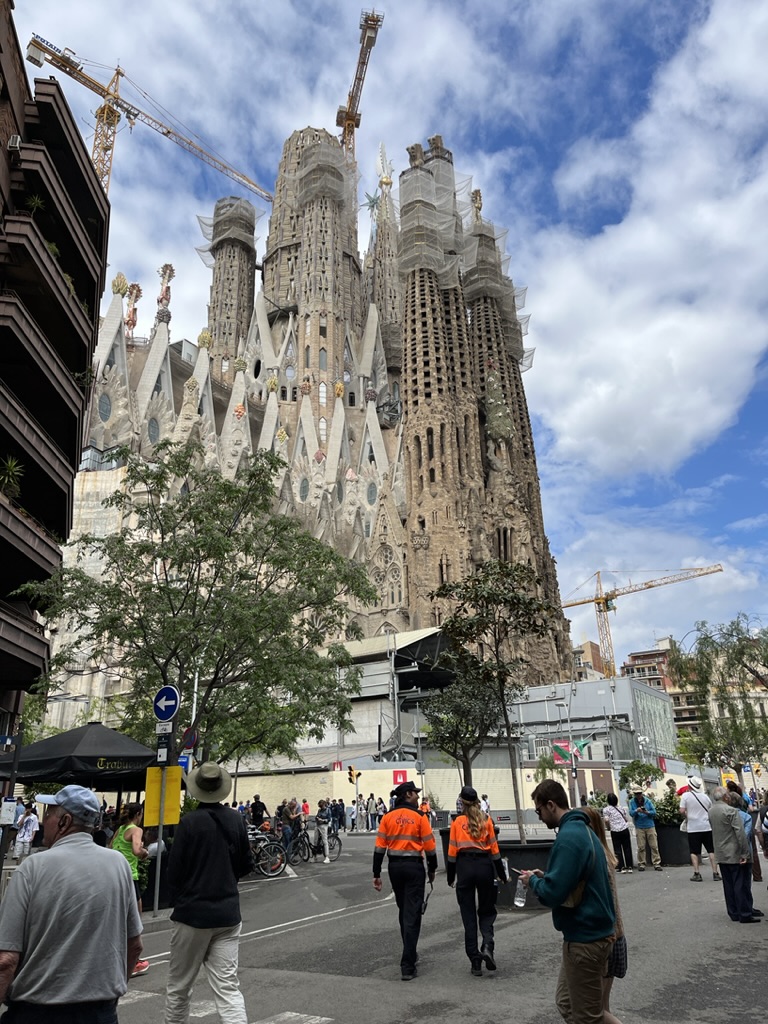
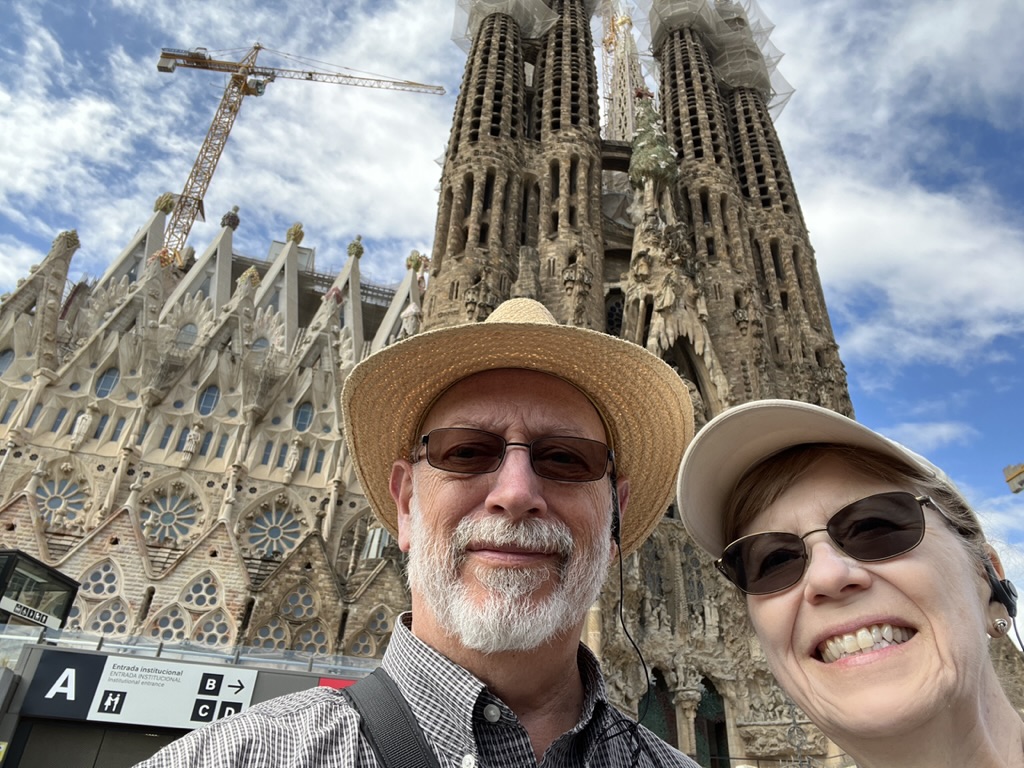
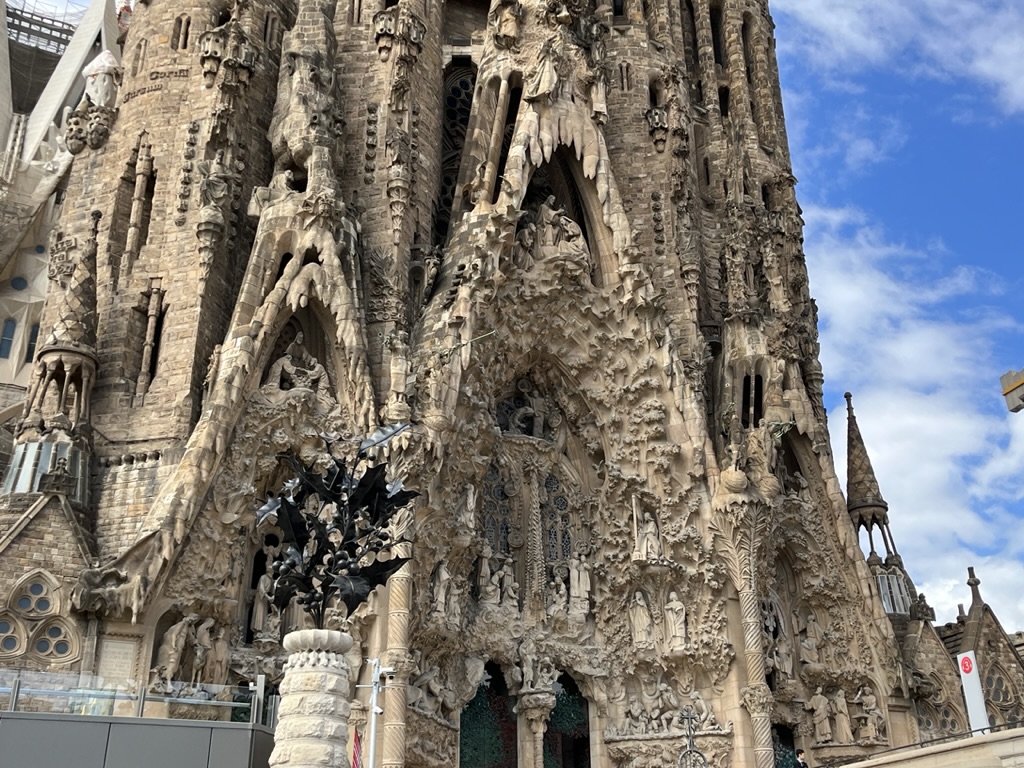
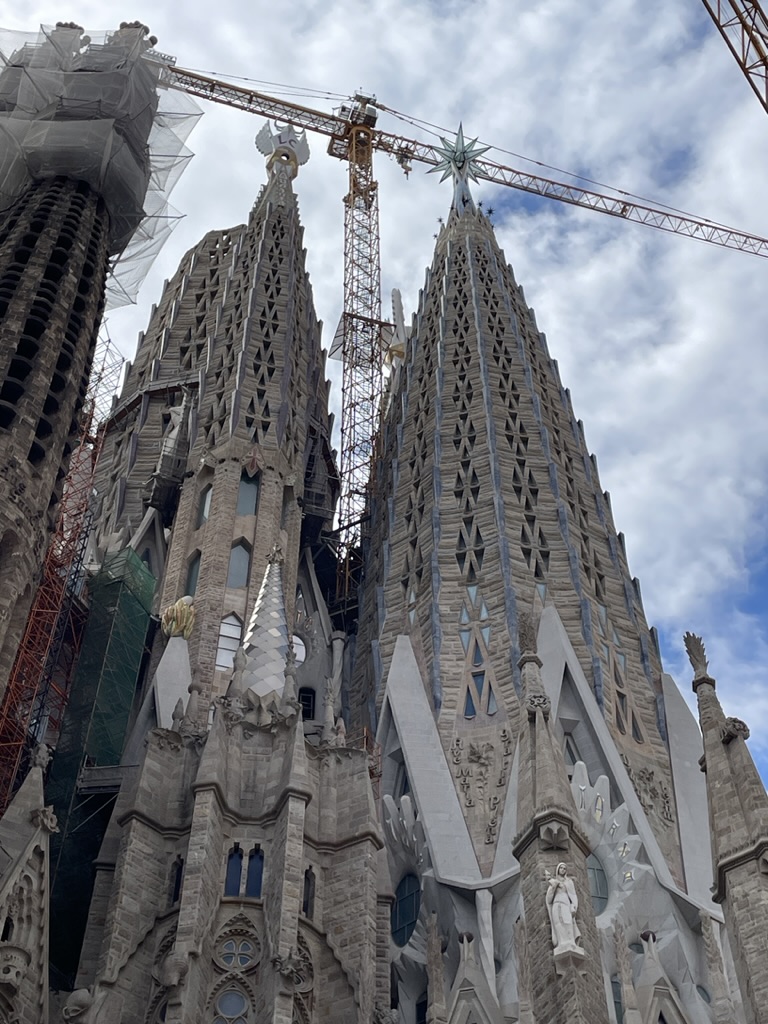
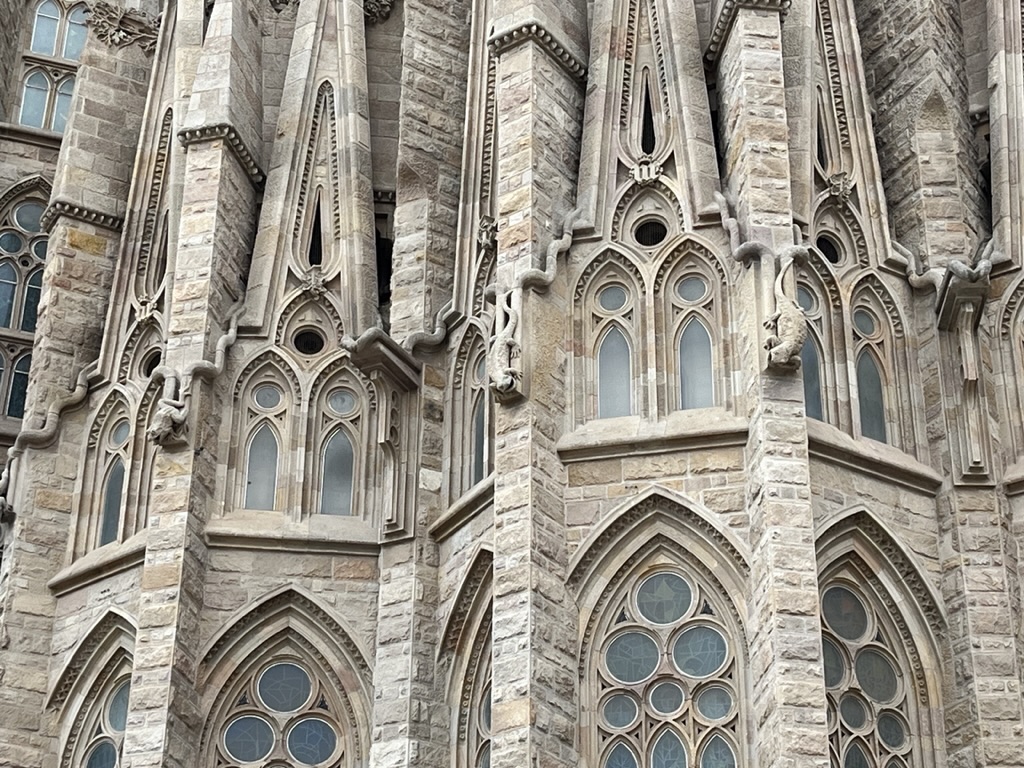
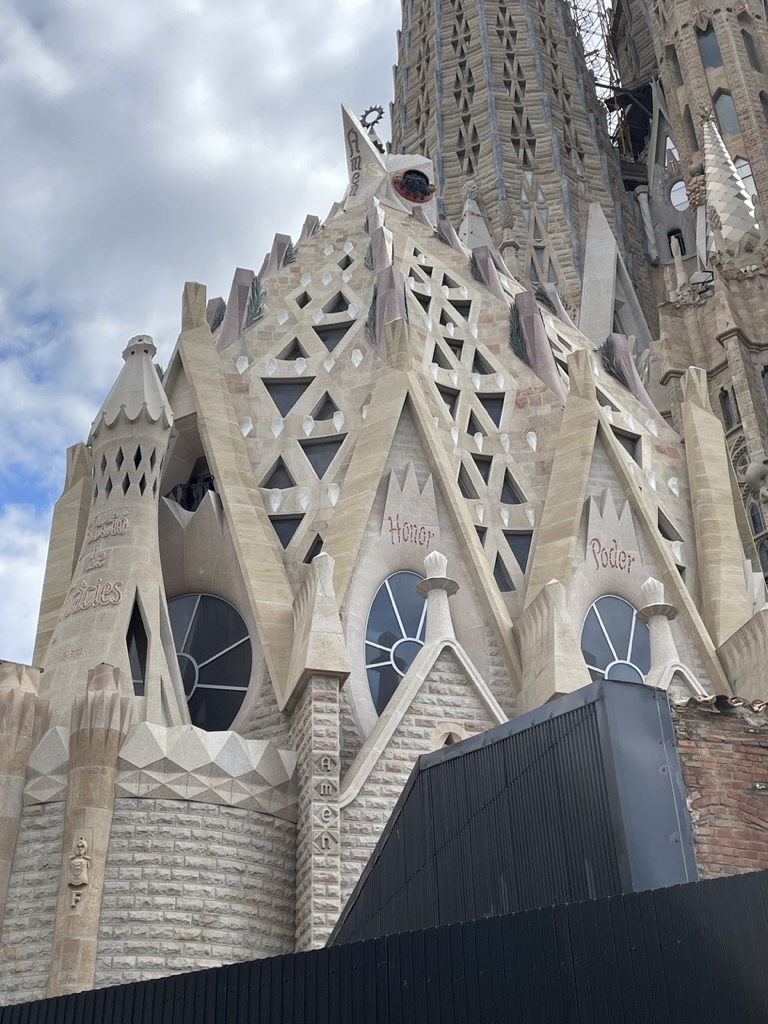
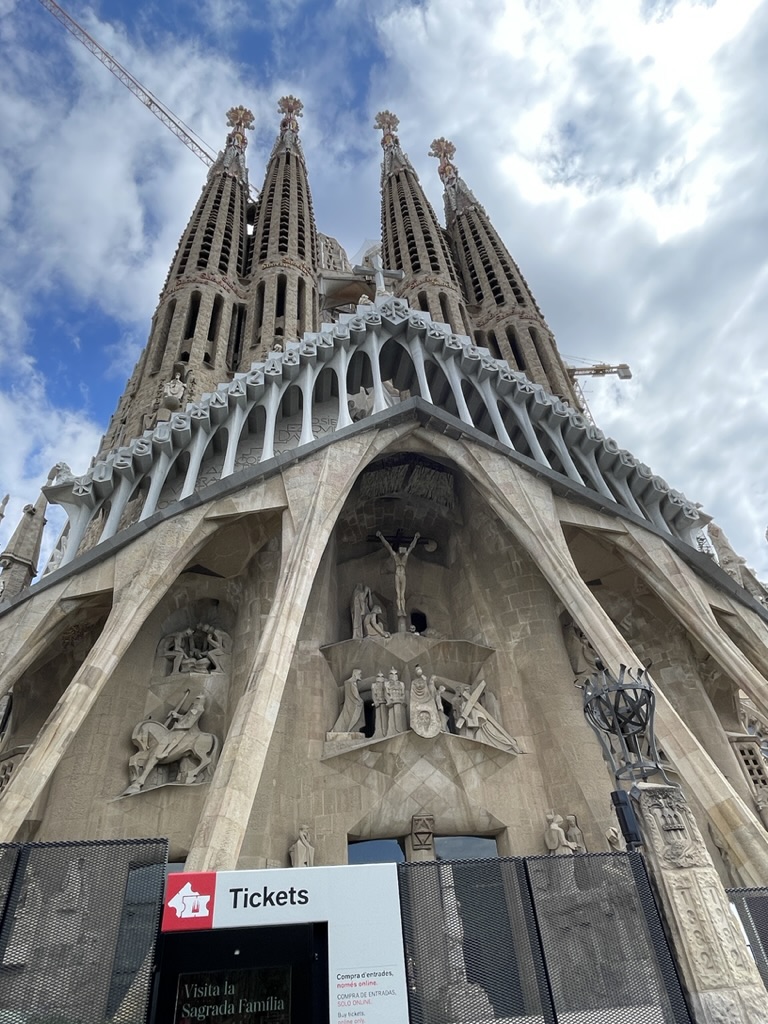
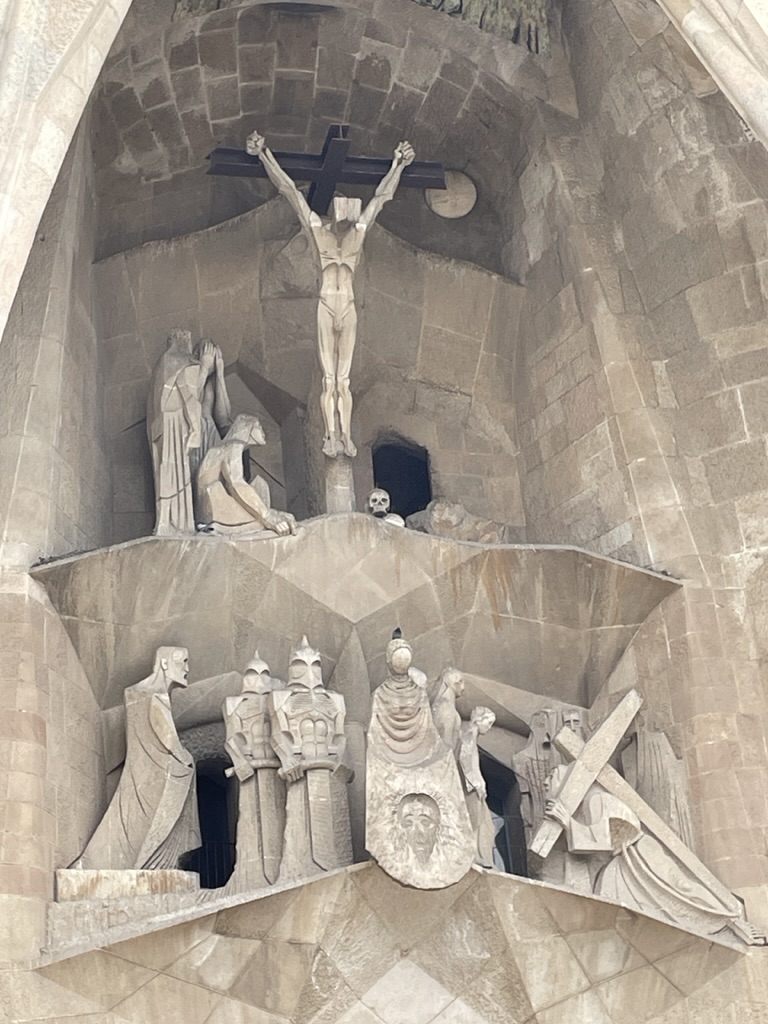
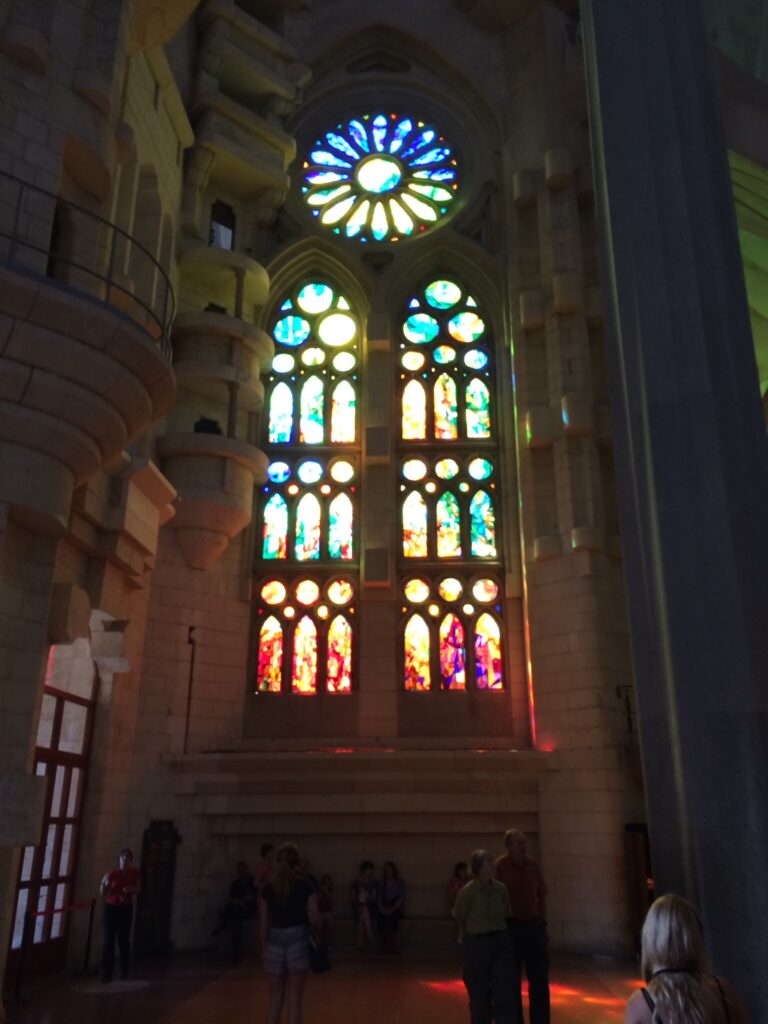
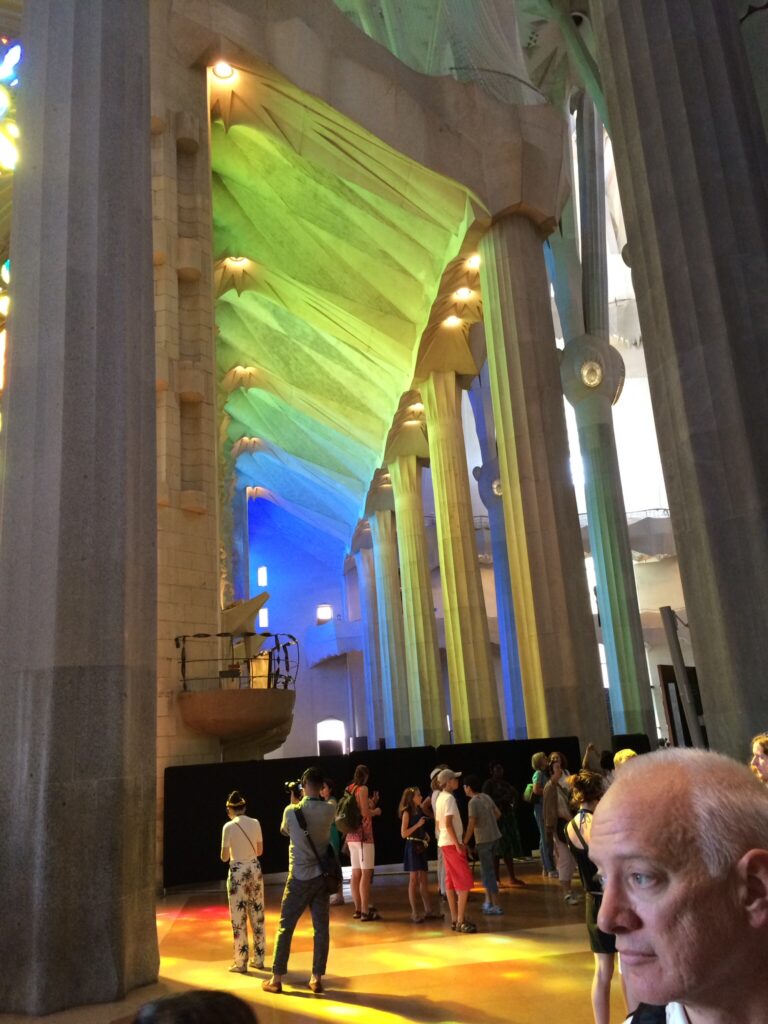
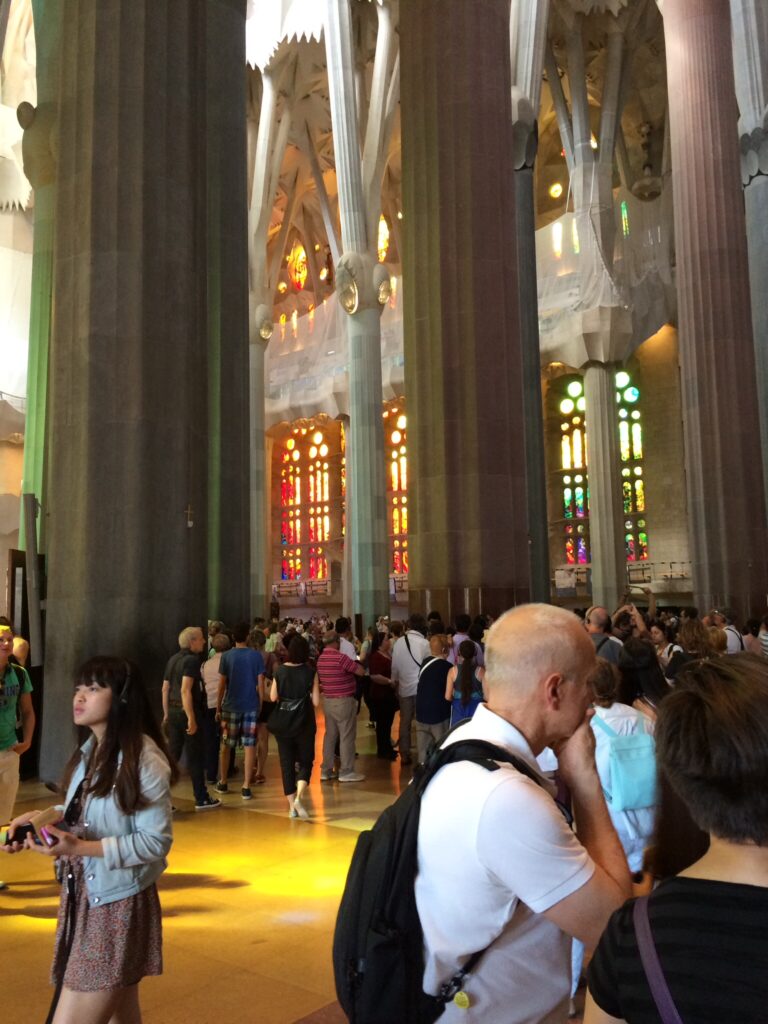
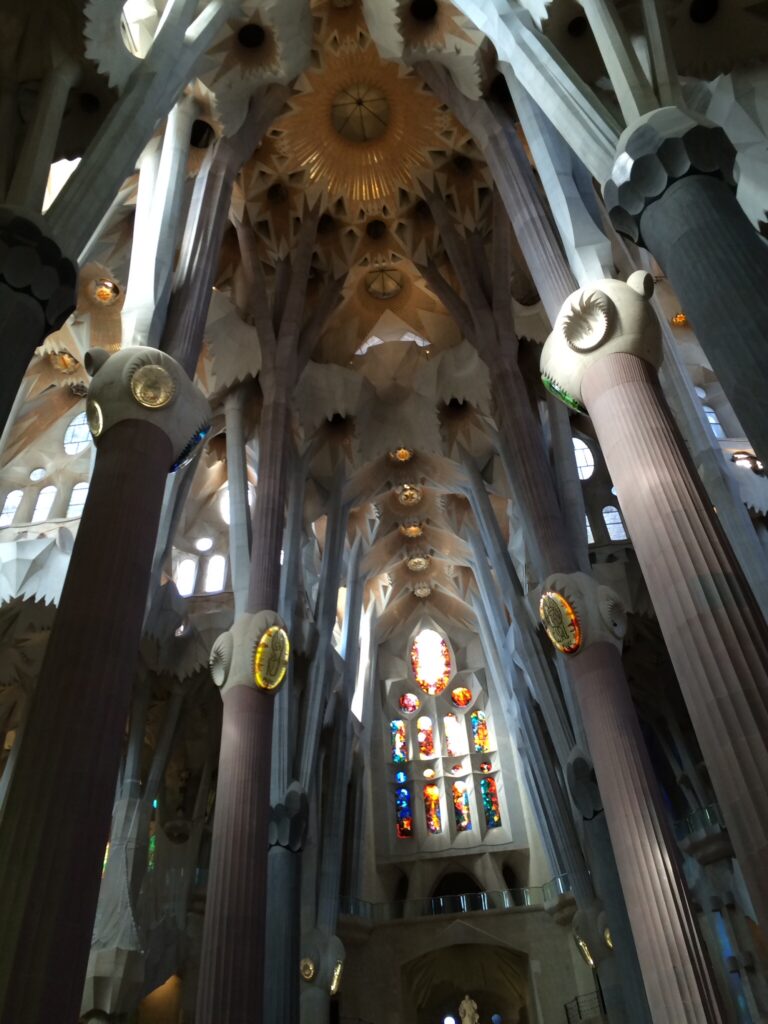
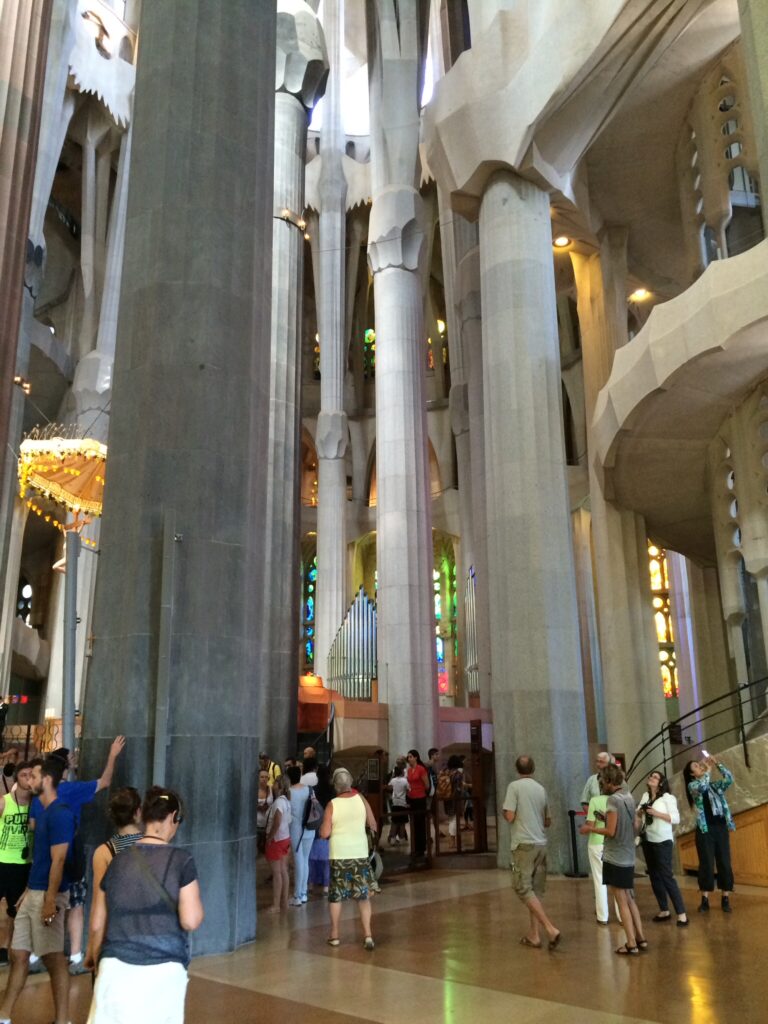
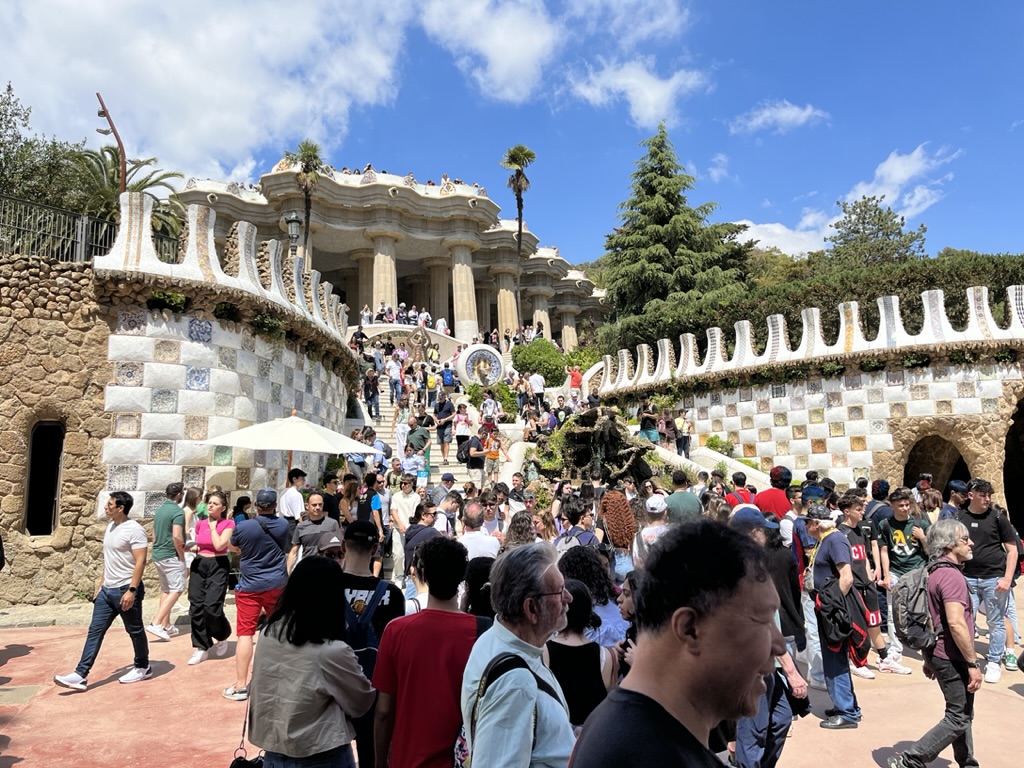
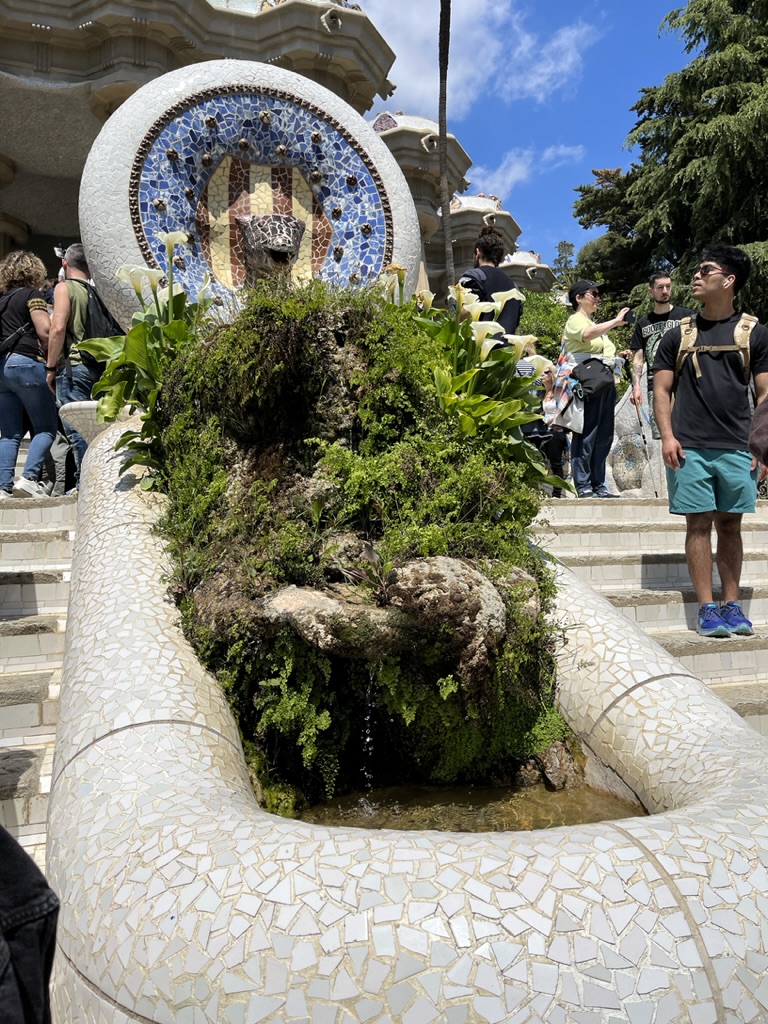
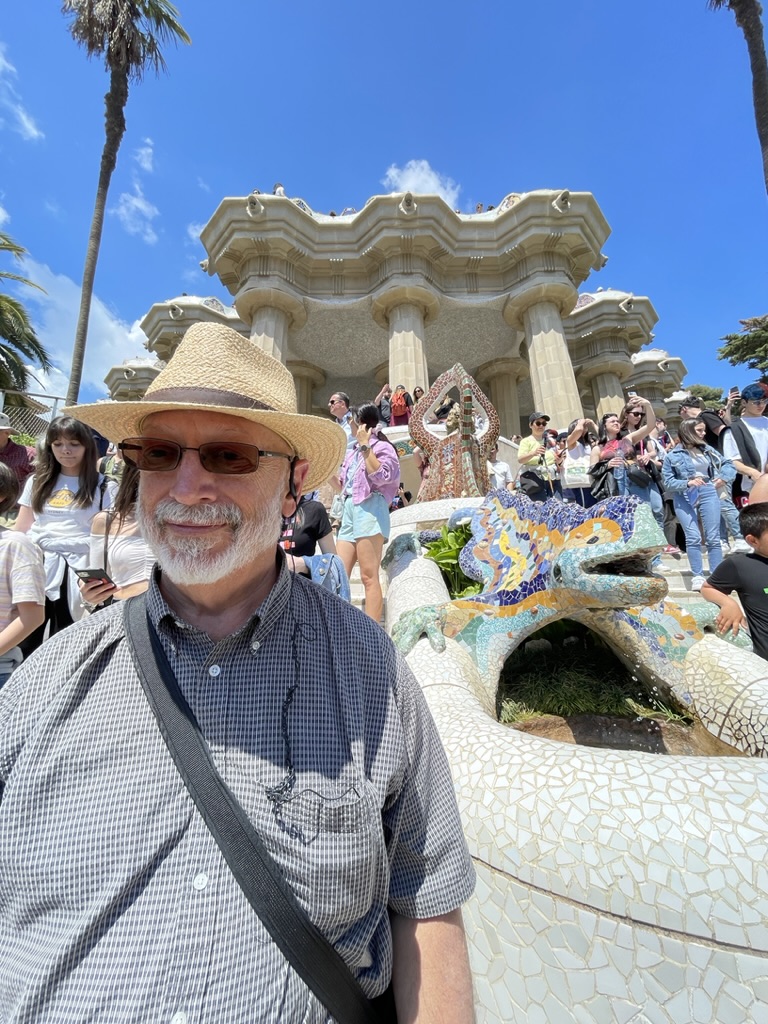
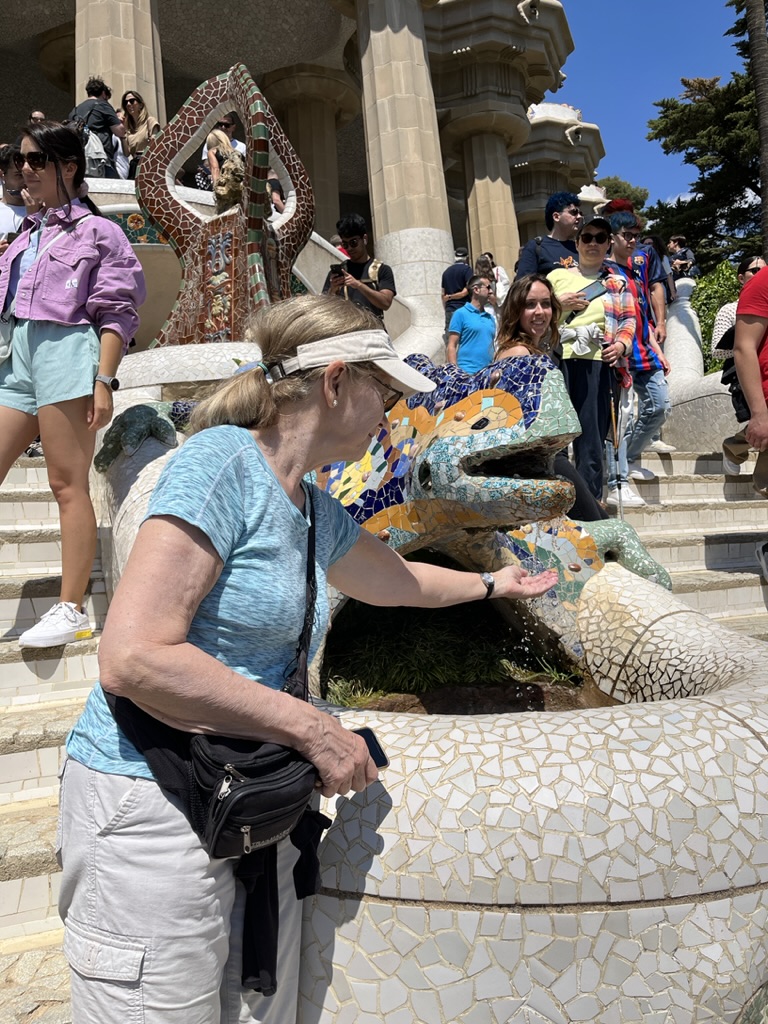
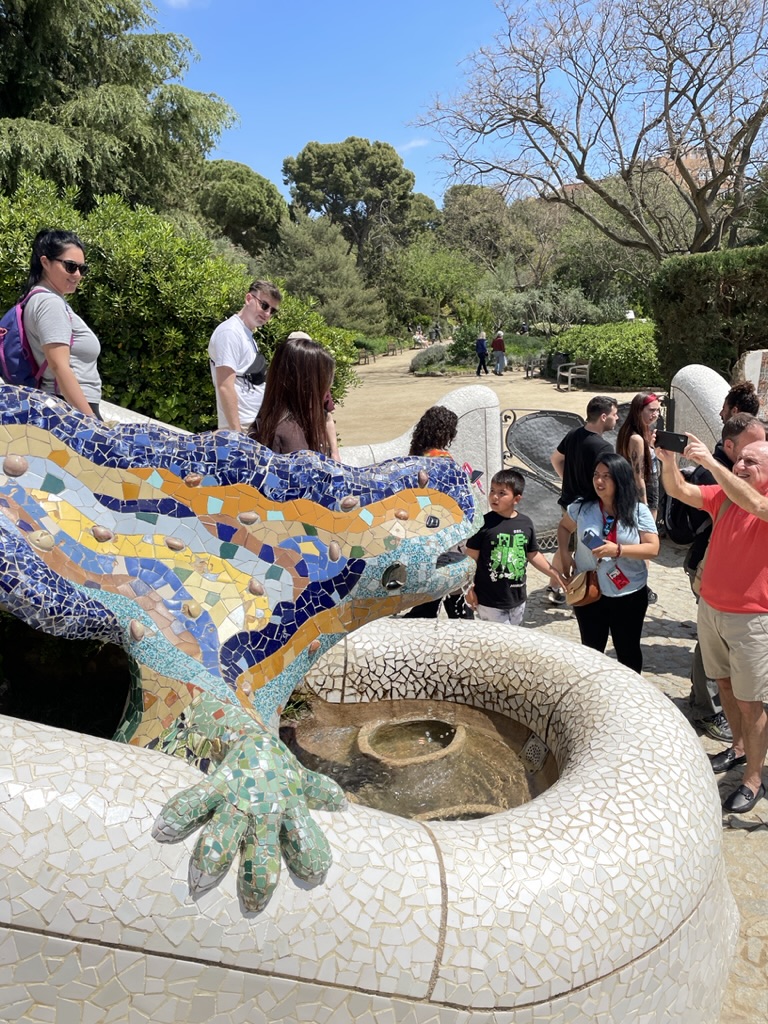

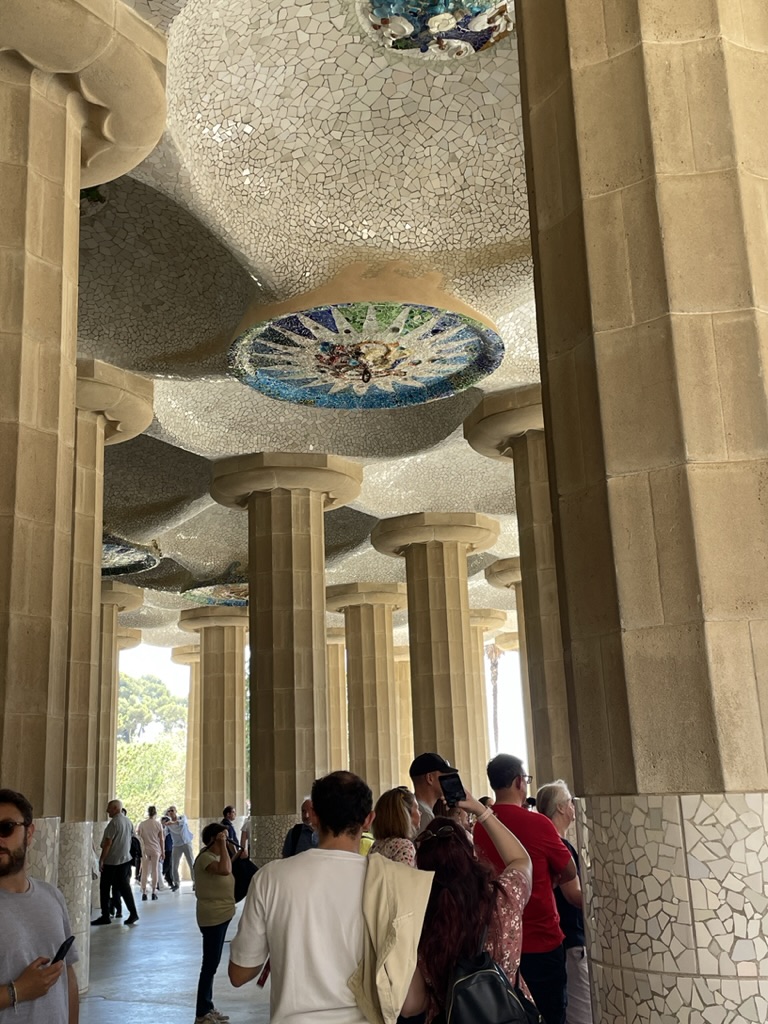
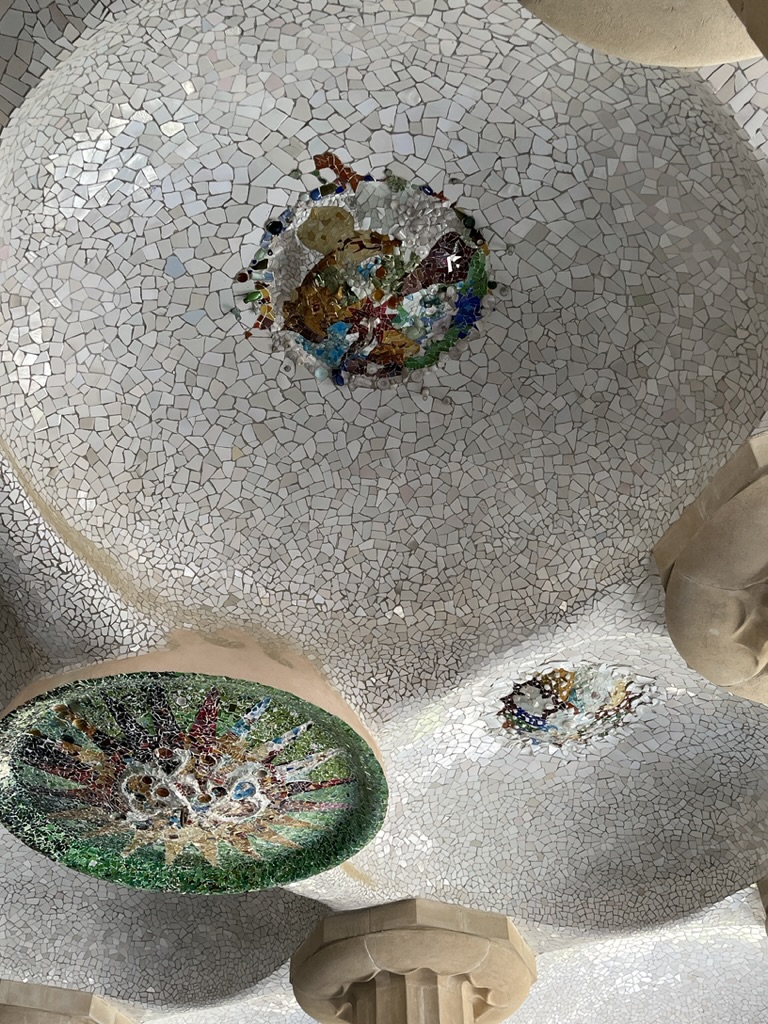
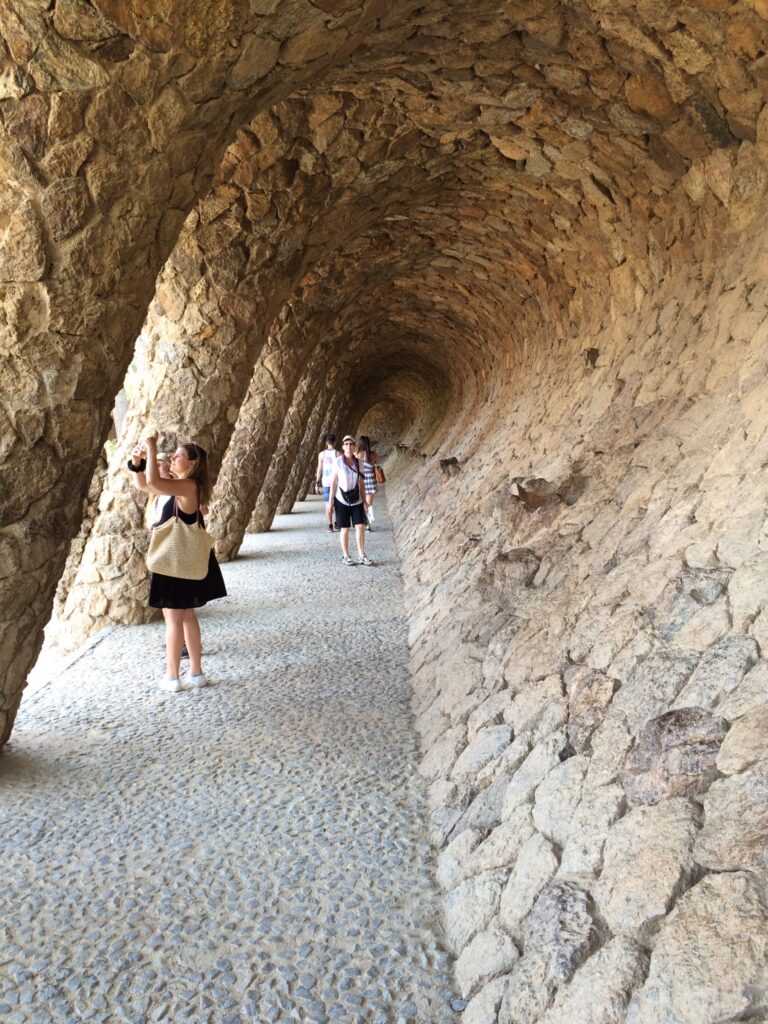
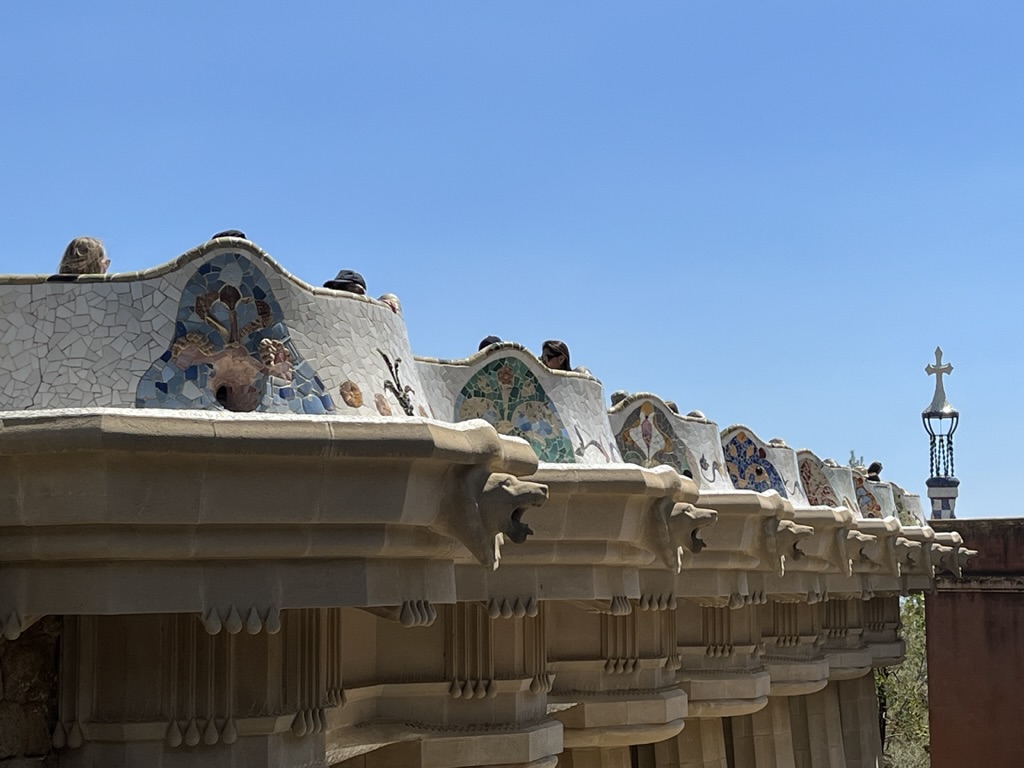
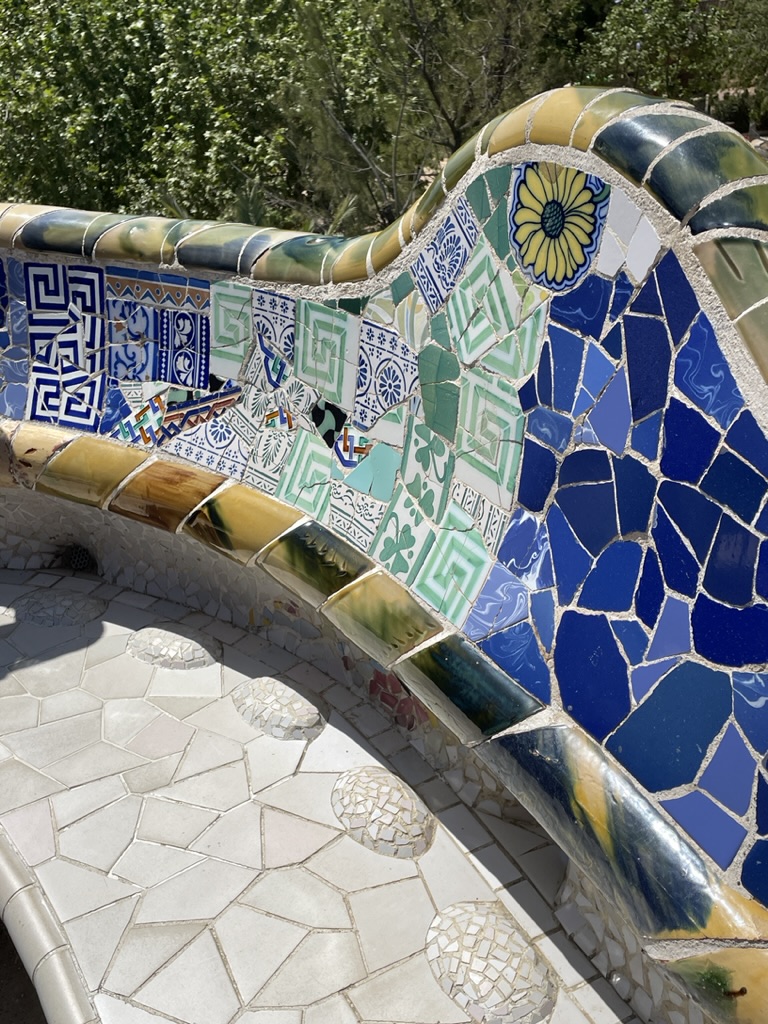
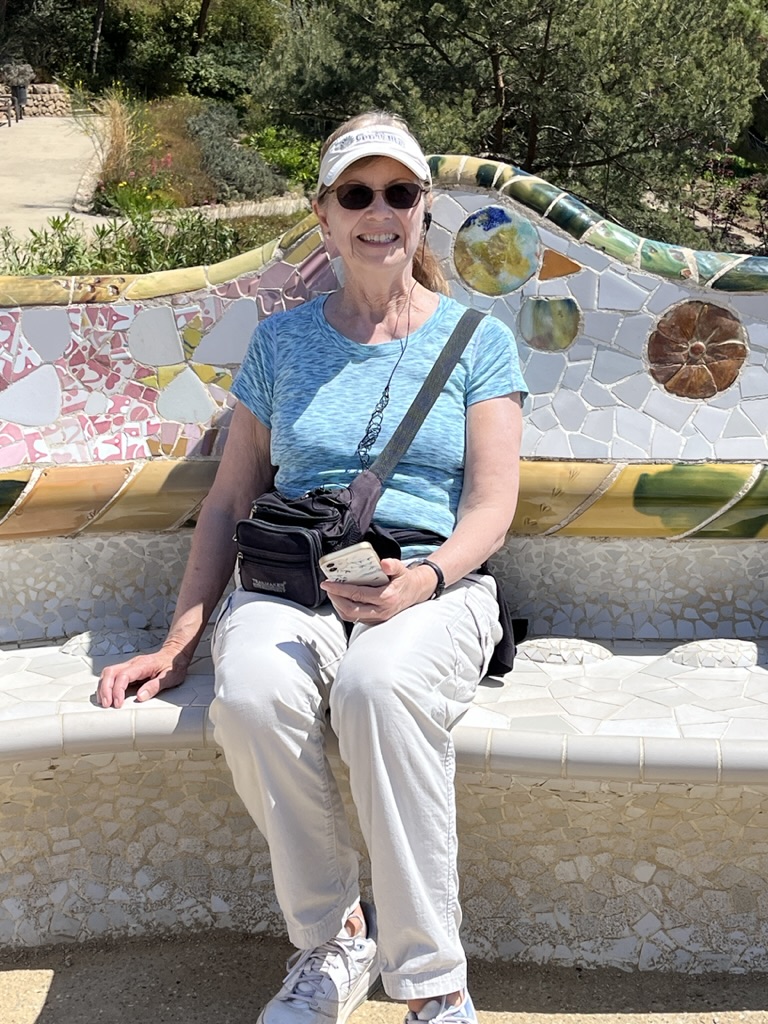
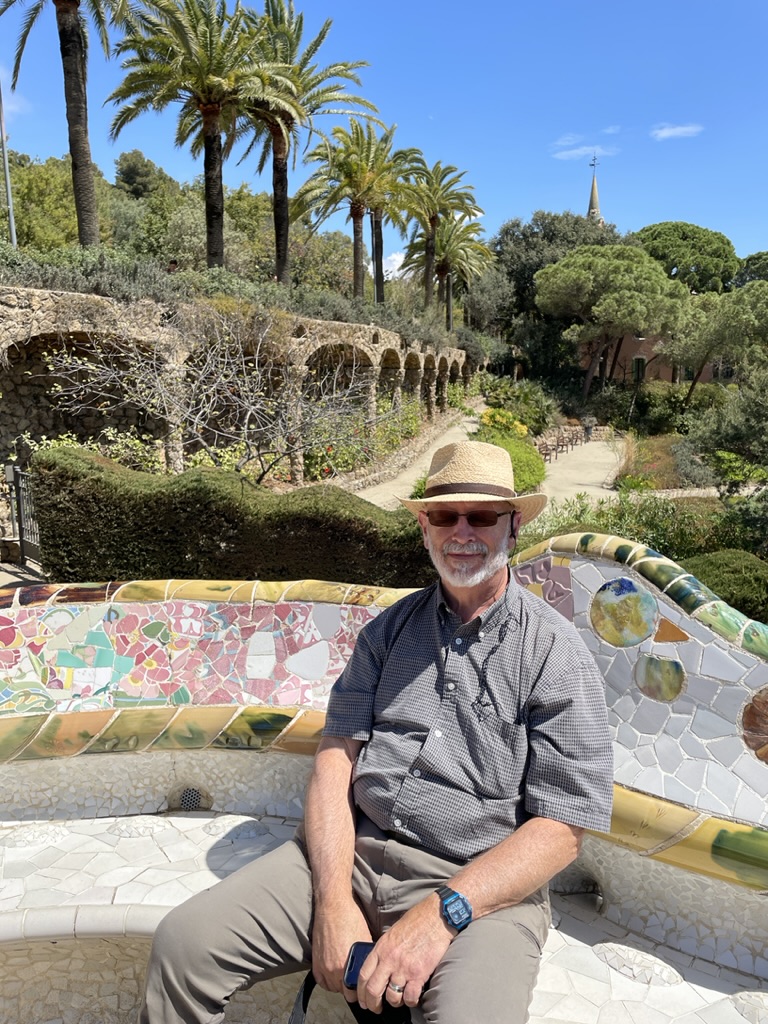
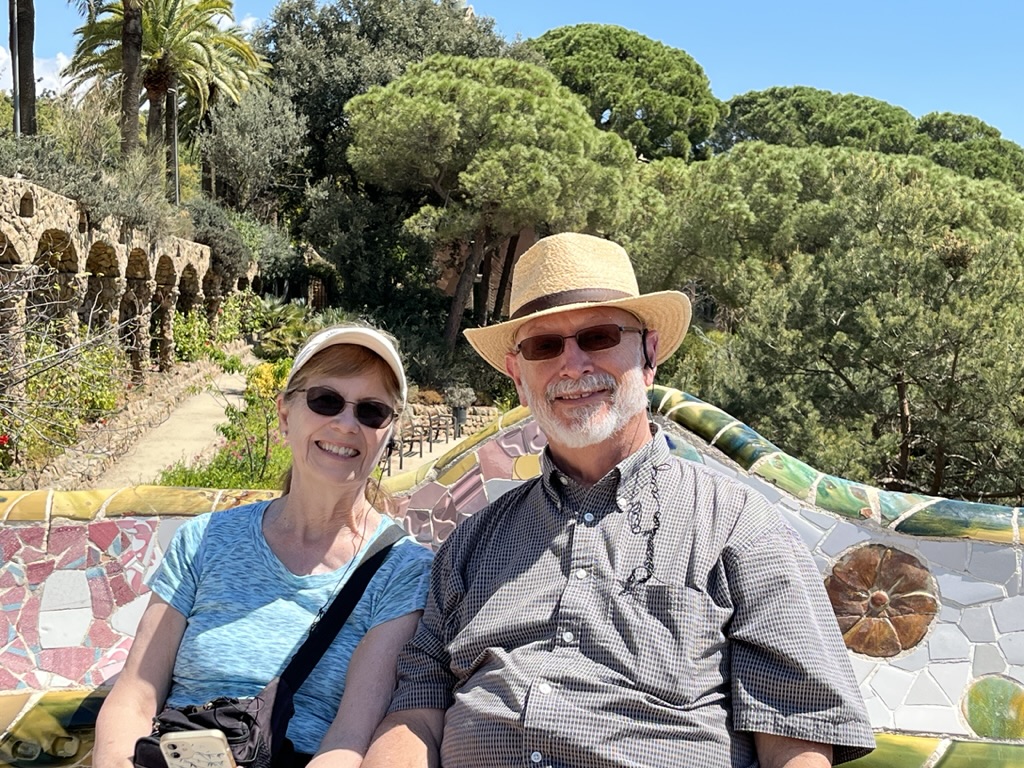
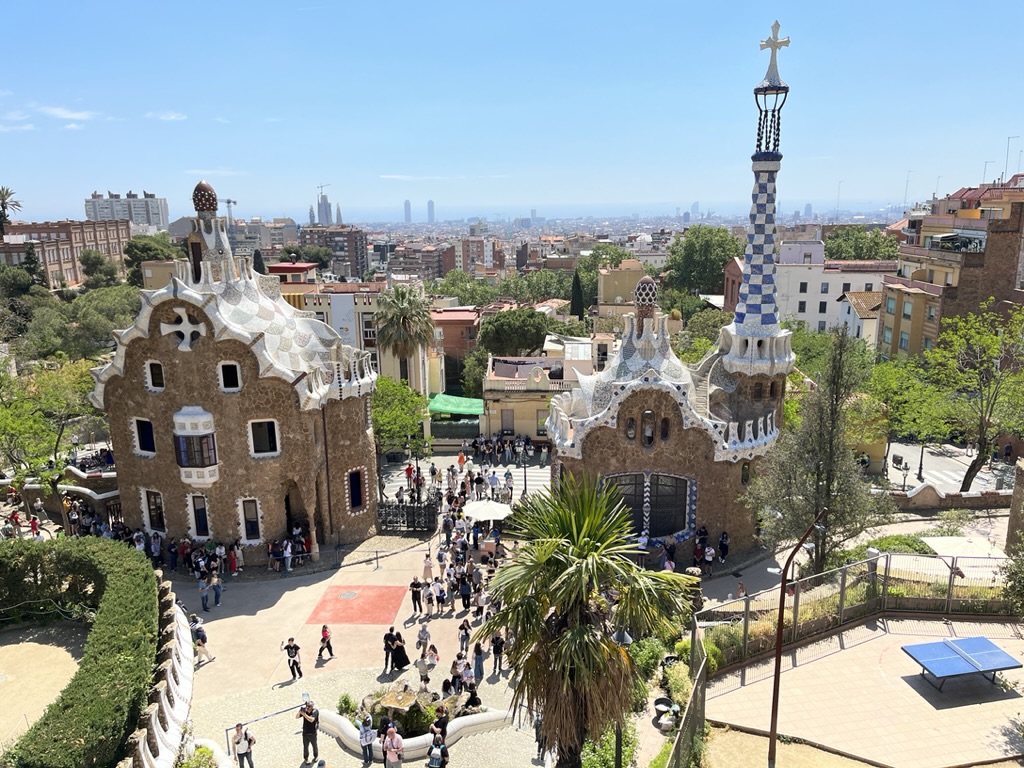
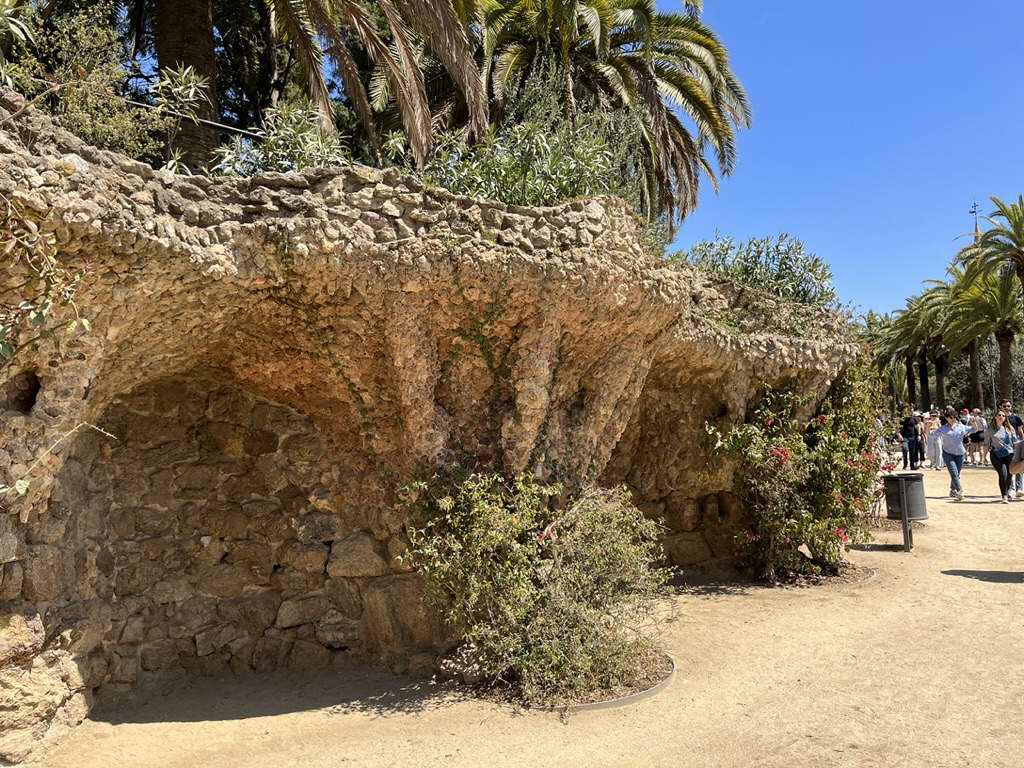
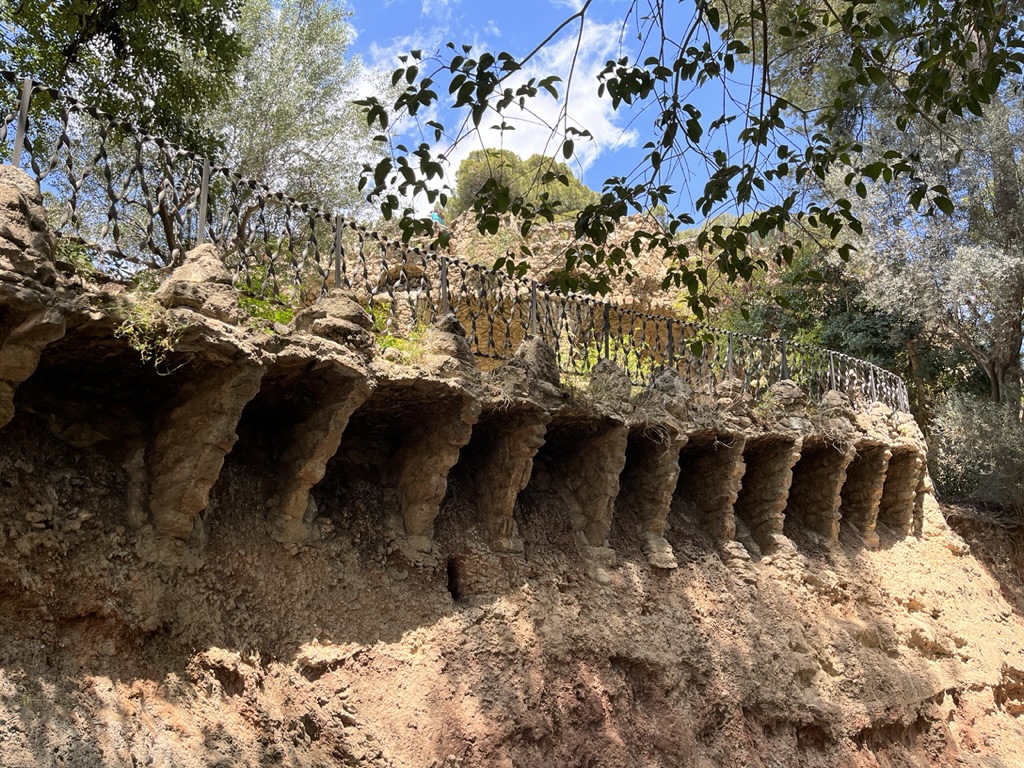
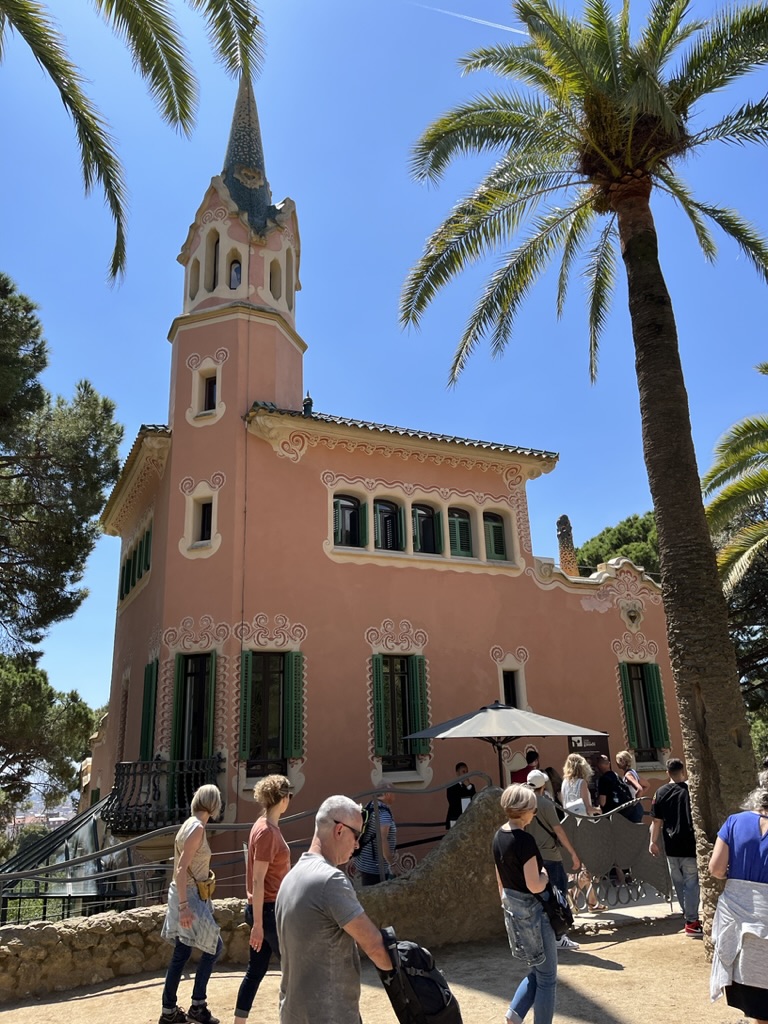
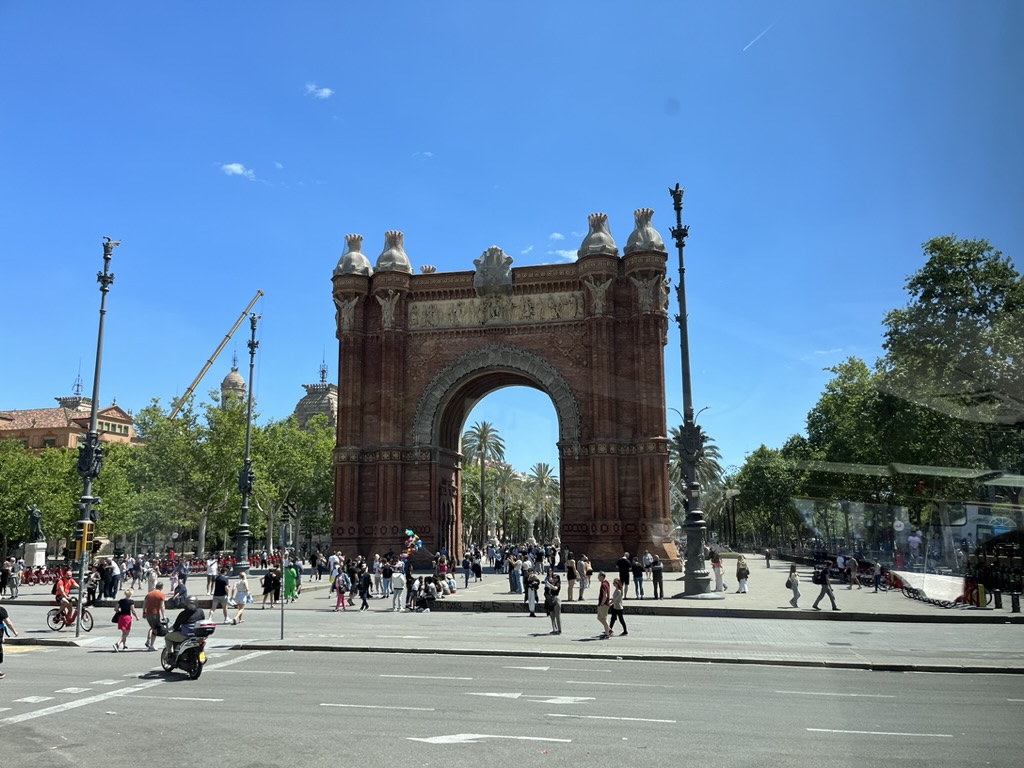
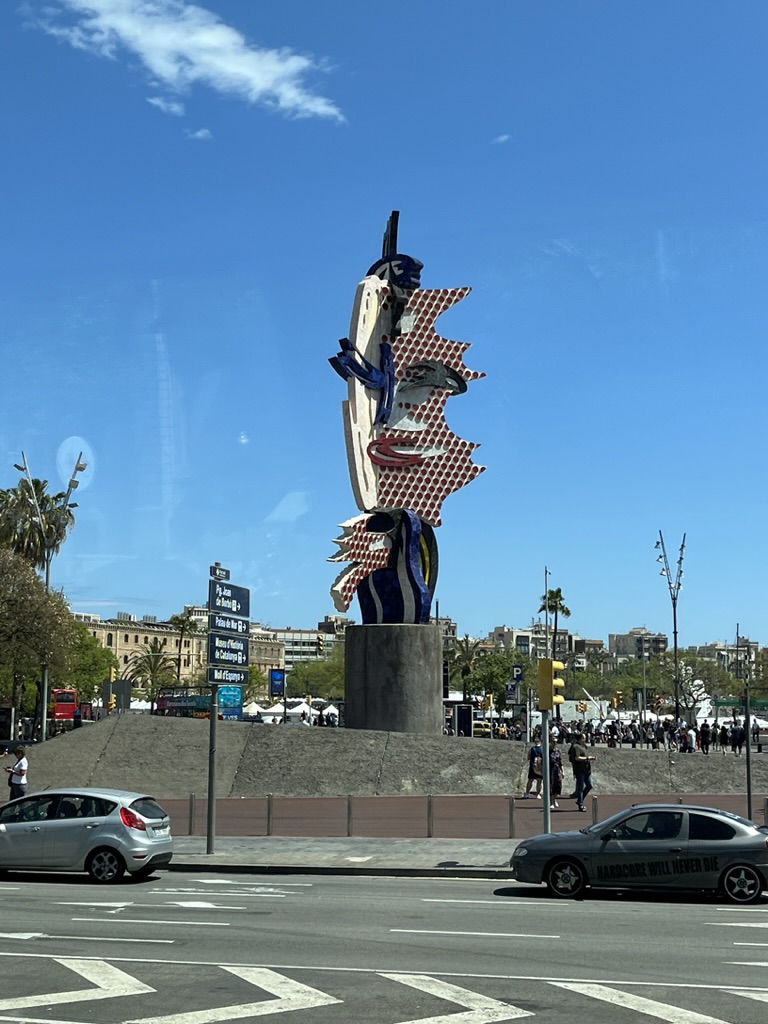
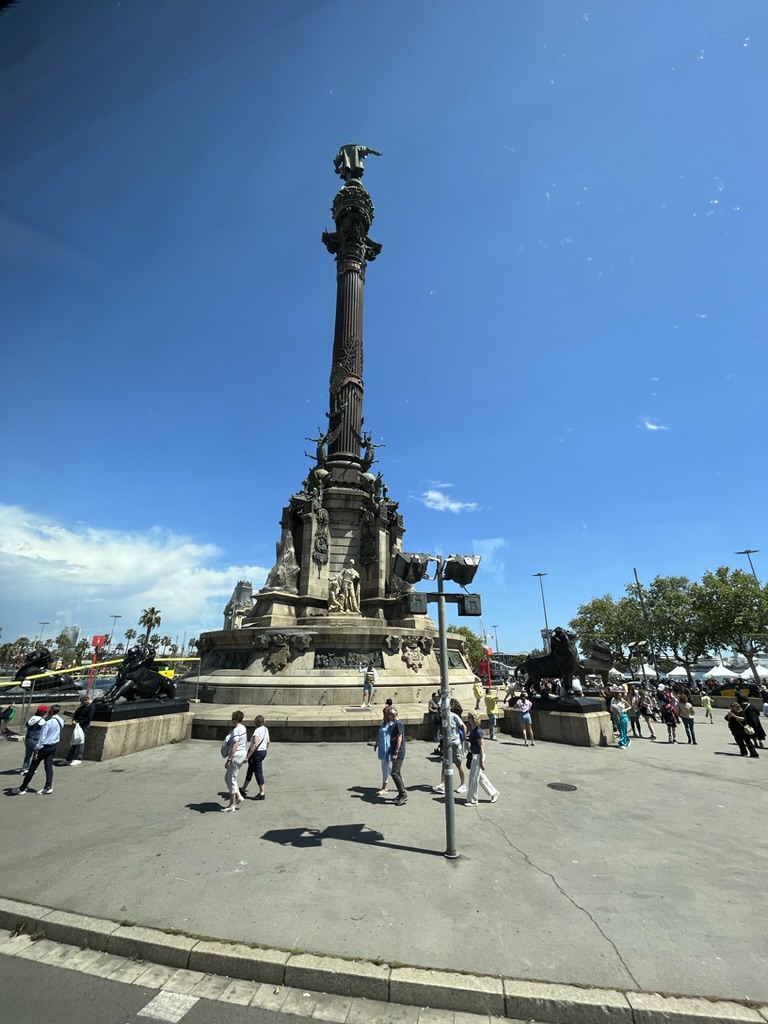
Did you take the included tour? Your blog is great, very helpful.
We did not take the included. This was more specifically oriented to modernista.
The excursion is listed on the website as “Gaudi Architecture & La Sagrada Familia”
Marvelous blog. Barcelona is one of our favorite cities to visit. Great pictures as always. Guess the cruise is just about done. It’s been great following your adventures.
Sigh.
We disembark one week from today.